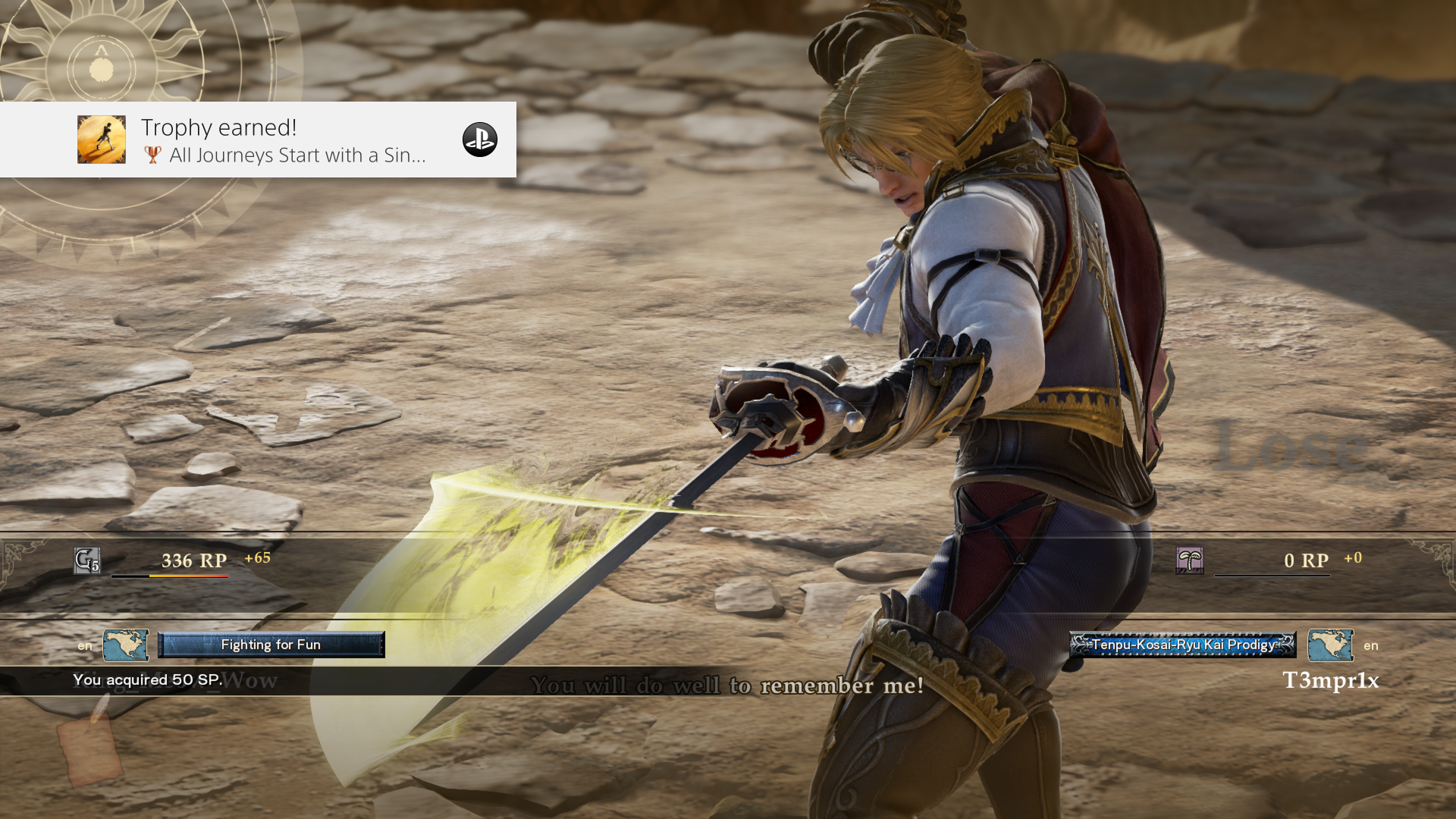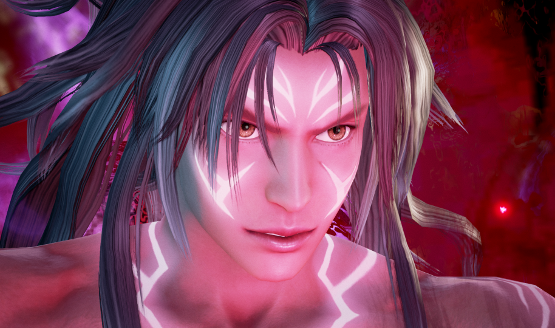Soulcalibur turned 20 years old in 2018, which seems a fitting time to release a brand new entry in the venerable fighting franchise. Soulcalibur V released over six years ago, so while the pace of releases may have slowed, the potential for fantastic weapon-based fights remains constant. Has this extra time resulted in a worthy successor? Find out in our Soulcalibur VI review.
A Familiar Engine
The Unreal Engine seems to be the go-to game engine for fighting games these days. Indeed, it has now been used to power games in the Mortal Kombat, Street Fighter, Tekken, and Injustice series of fighters. And why not? The Unreal Engine 4 is a robust game engine that supports high-fidelity graphics, and many visual effects and rendering methods to make for a solid performance. While a formal analysis has not been run, Soulcalibur VI appears to target and hit 4K resolution at 60 frames per second on the PS4 Pro, though tricks such as dynamic resolution may be used to render the game at lower resolutions if needed.
Soulcalibur VI features a campaign, like the games before it. Unlike Soulcalibur V, this campaign has more substance to it. Once again, most cutscenes are not in-game, but rather static scenes filled with character avatars and minimal animations. Many assets are re-used for this mode, which becomes glaringly obvious at certain points. While the main campaign may only take approximately 1-2 hours to complete, it does also come with mini campaigns for each main character. These campaigns are about half a dozen episodes each, with fights in between each chapter. Most fights are hardly a challenge, even in the main campaign, unlike in Soulcalibur V where the difficulty spiked like an electrocardiogram. Those looking for a challenge should head online, play versus, or try their hand at the arcade mode.
Another focus of the single-player content is the Libra of Soul mode. This mission-based mode stars the player, a user-made creation of original design, as they trek across Asia and most of Europe and Africa. While most of these cutscenes are not voiced, there are a lot of missions, including side quests, some of which are multi-staged. Each mission has certain win conditions. These are usually simple, such as defeating an opponent. But occasionally, some missions feature restrictions, such as victory only being allowed when in SoulCharge mode, a special powered-up mode characters enter by pressing a button combination when in possession of a full energy bar. Other missions feature slippery stages, or some handicap placed on the player. These missions occasionally cause the player to switch up their tactics, which can provide for a different kind of challenge, or a mere nuisance that needs to be worked around. All told, this campaign mode features the meat of Soulcalibur VI’s single-player content, and can run anywhere from 10-20 hours in length, depending on how many side missions are taken on.
An Expansive Adventure
This Libra of Soul mode includes a world map that can be explored, with expeditions including plotted points, and a random chance of encountering an enemy along the way. Each route taken has a certain cost, and traveling over seas, across deserts, and especially over mountains will increase the cost of each journey. Losing a match while on an expedition will force the player back to where they started the expedition from, at a cost of additional gold. Most missions pay out in experience points, to level up the player’s character and weapon, bonus experience points based on fighting style, money, and helpful items to be used on weapons at certain towns’ blacksmiths, or food. Food can be consumed before battle, and have various effects such as receiving back a percentage of damage dealt to enemies as health, a chance of automatically guarding attacks, beginning a match with extra health, and more.
While the single-player offerings are some of the strongest the series has seen, it’s all for nothing if the actual fighting system in place is no good. Bandai Namco and team have made some modest updates, but overall if you’ve played previous Soulcalibur games, you’ll feel right at home here. The charged-up super moves known as Critical Edges have been carried over from the last game. These are your typical over-the-top finishing moves that deal a ton of damage if they land, which you expect to see in a fighting game these days. The biggest addition to fighting is the Reversal Edge. By pressing R1, players can initiate a special move, indicated by their weapon(s) being covered in an aura. If they successfully connect with their opponent, the game will enter a cinematic, slow-motion sequence. Players must then choose to either attack by pressing one of the three attack buttons, guard, or attempt to move out of the way by pressing a direction. If both players choose to attack, then rock-paper-scissors type rules apply, where one attack type is good against only one other, while also weak against only one other. If one player chooses to dodge, then certain attacks are effective against certain dodge directions. This new option for players can help weakened players attempt to close the health point gap, as it can be summoned at any time. However, the move can be easily detected by the opposing player, and comes with the risk of guessing incorrectly, thus having everything backfire. It’s an exciting addition, and can often turn the tide of battle.
Take It Online
Online is a huge component of fighting games, and Soulcalibur VI includes the requisite ranked and casual options. Whereas Soulcalibur V had a more casual lobby system, VI focuses on finding matches more quickly. A simple menu system asks which character you wish to play as, and allows you to set parameters such as preferred side of the screen to play on, how robust of a network connection your opponent must have, and so on. The arcade and training modes can both be played while waiting for an opponent match, to ensure that you aren’t simply stuck at a matchmaking screen before playing. As of review time, the online population appeared healthy, as wait times for a match were only a few seconds long at most. While the netcode seemed solid, individual results will vary, depending on internet connection speeds, physical distance to the closest server, and so on. Replays of matches can be uploaded publicly, and replayed by anyone. Players can also be followed, for those looking to watch another player’s best moments as soon as they occur. Overall, Soulcalibur VI’s online options are sparse, but focused.
The character creation options in Soulcalibur VI are surprisingly robust. Choosing from 16 different races, almost every body part can be customized. While there aren’t a ton of accessories to choose from ala Tekken 7, different shapes can be attached almost anywhere. This has given many people enough creative freedom to make replicas of their favorite games, shows, or just popular culture in general. Popular creations include fairly believable reproductions from other franchises, such as the Hunter from Bloodborne, Ronald McDonald, and even the Pokémon Magikarp. Some of these creations appear to end up in the Libra of Soul mode, as mercenaries-for-hire who will fight in the player’s stead during expeditions.
Soulcalibur VI is a solid entry in the long-running fighting franchise. The new Reversal Edge mechanic gives everyone a chance at a comeback, with a balanced risk that their move may backfire on the player who invoked the move. A decent campaign is paired with a beefier custom story mode, to provide for dozens of hours of gameplay, even if most of the cutscenes are more visual novel than actual cutscene. Barebones online options may leave some players wanting more, but getting to the action is as quick as ever because of a sharp focus. Time will tell if these improvements can translate to better sales, but Soulcalibur VI is one game all fighting fans should pick up.
Soulcalibur VI review code provided by publisher. Version 1.01 reviewed on a PS4 Pro. For more information on scoring please see our Review Policy here.
-
Lengthy single-player options
-
Robust character creator
-
Reversal Edges are strategic options
-
Cutscenes mostly disappoint
-
Pared-down online options
Soulcalibur VI Review
-
Soulcalibur VI Review #1
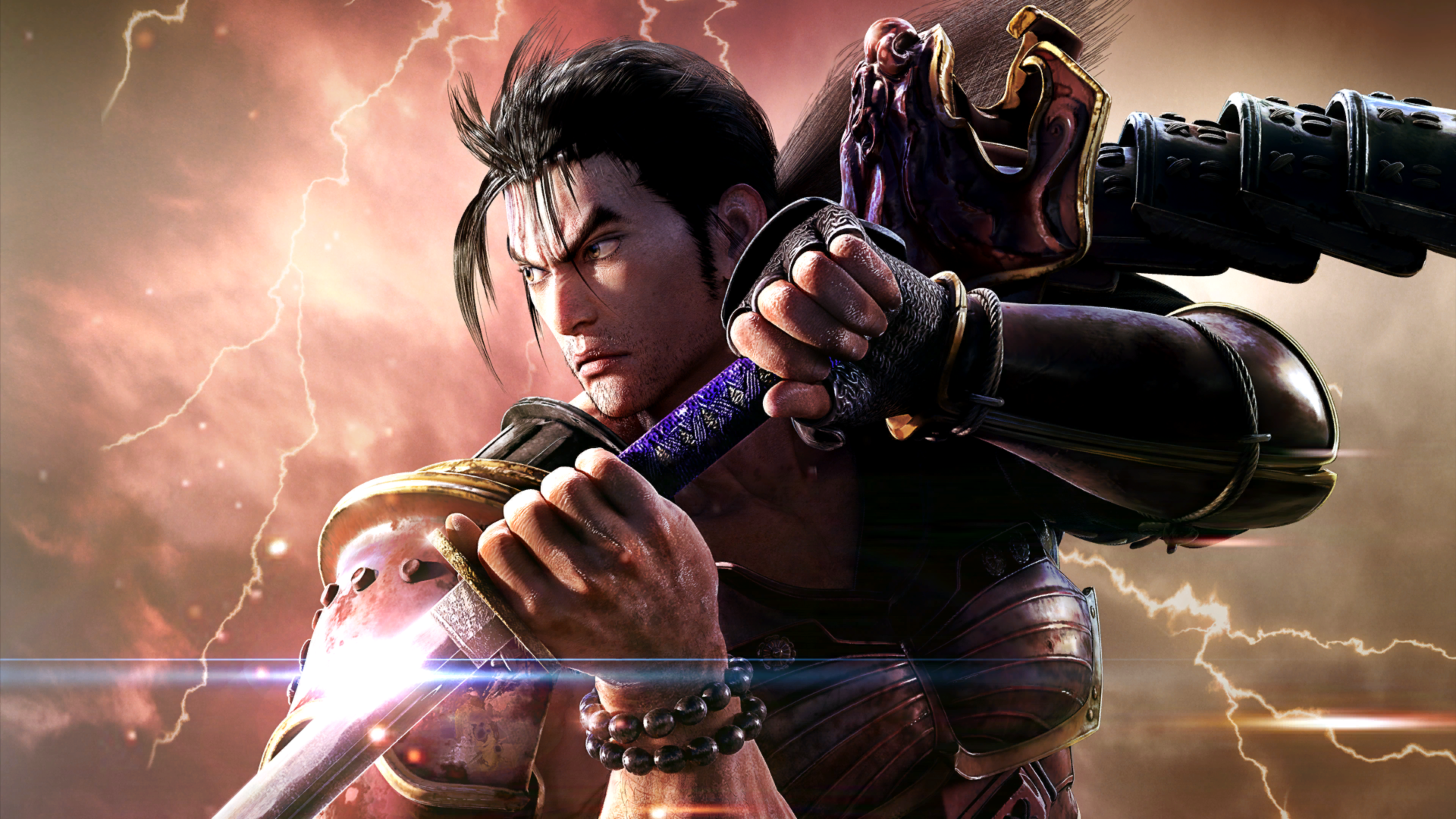
-
Soulcalibur VI Review #2
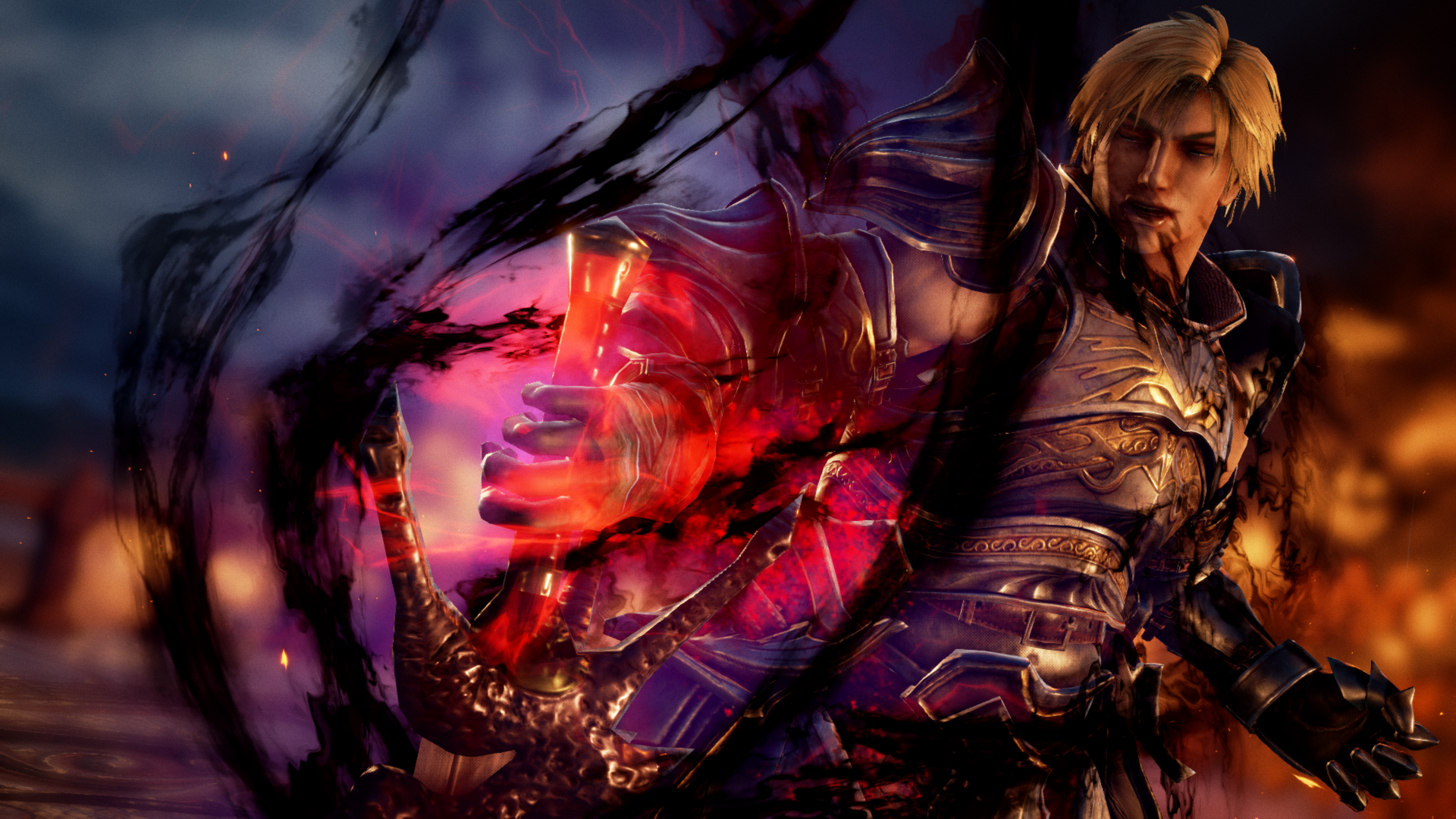
-
Soulcalibur VI Review #3
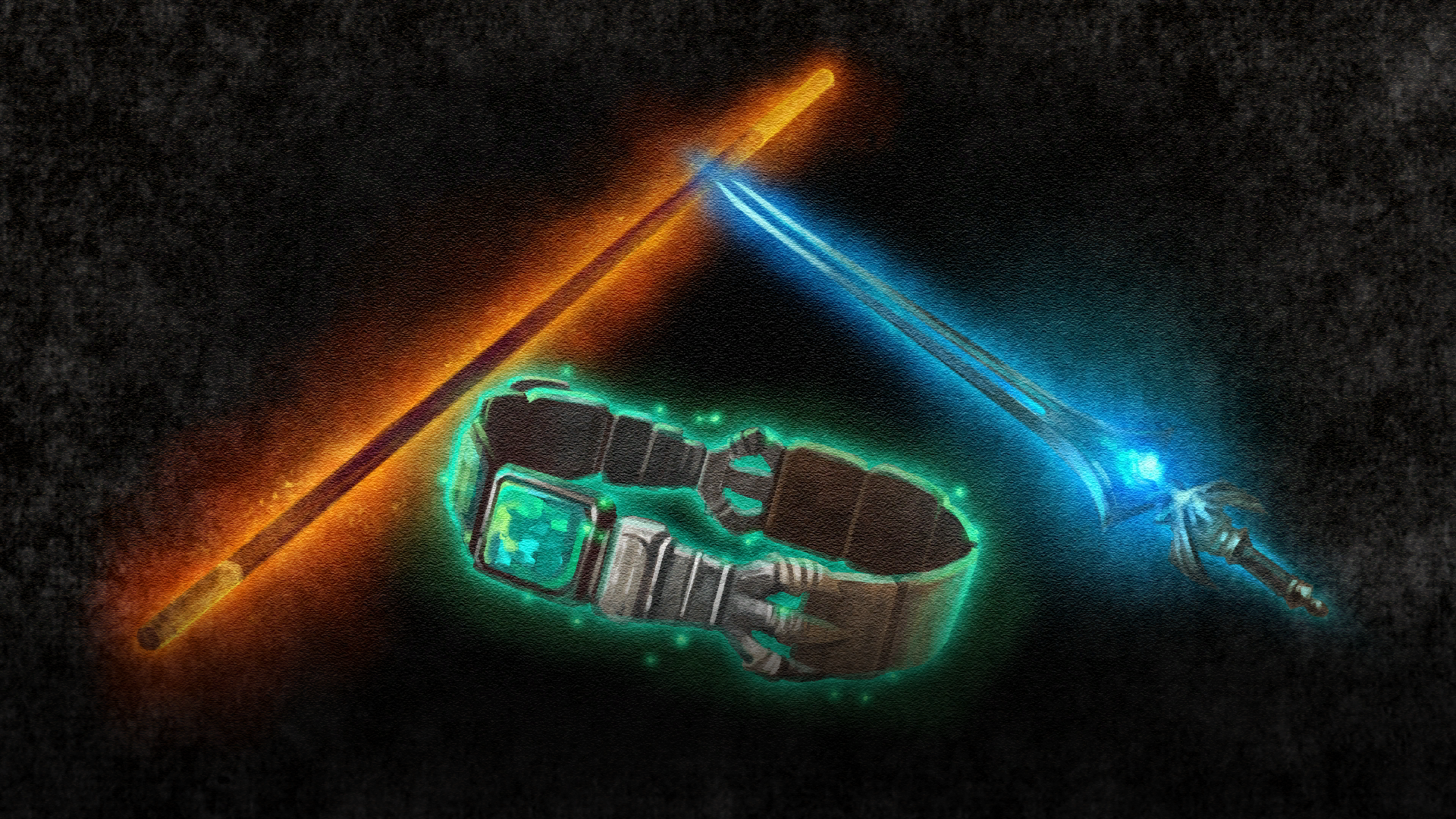
-
Soulcalibur VI Review #4
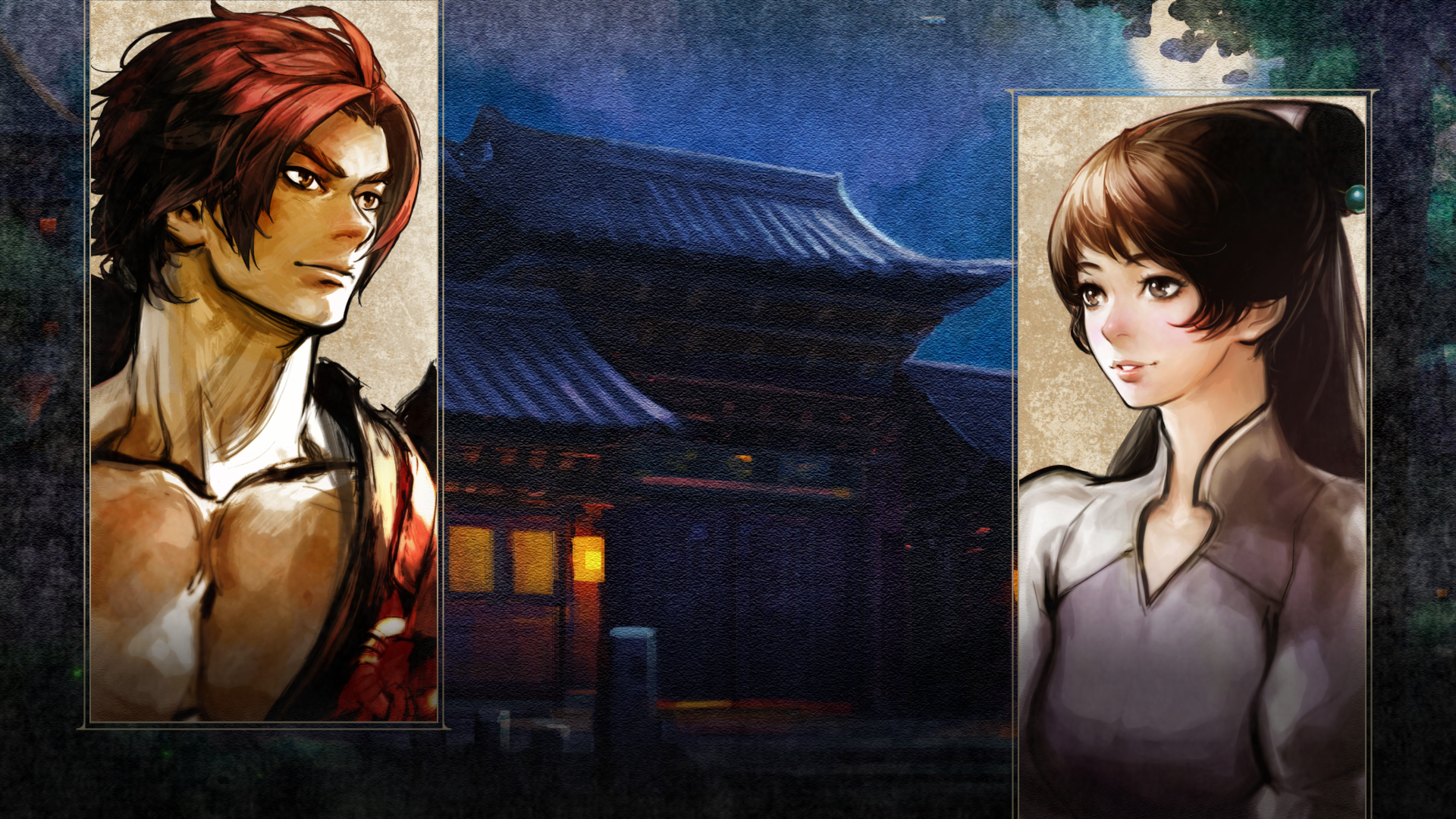
-
Soulcalibur VI Review #5
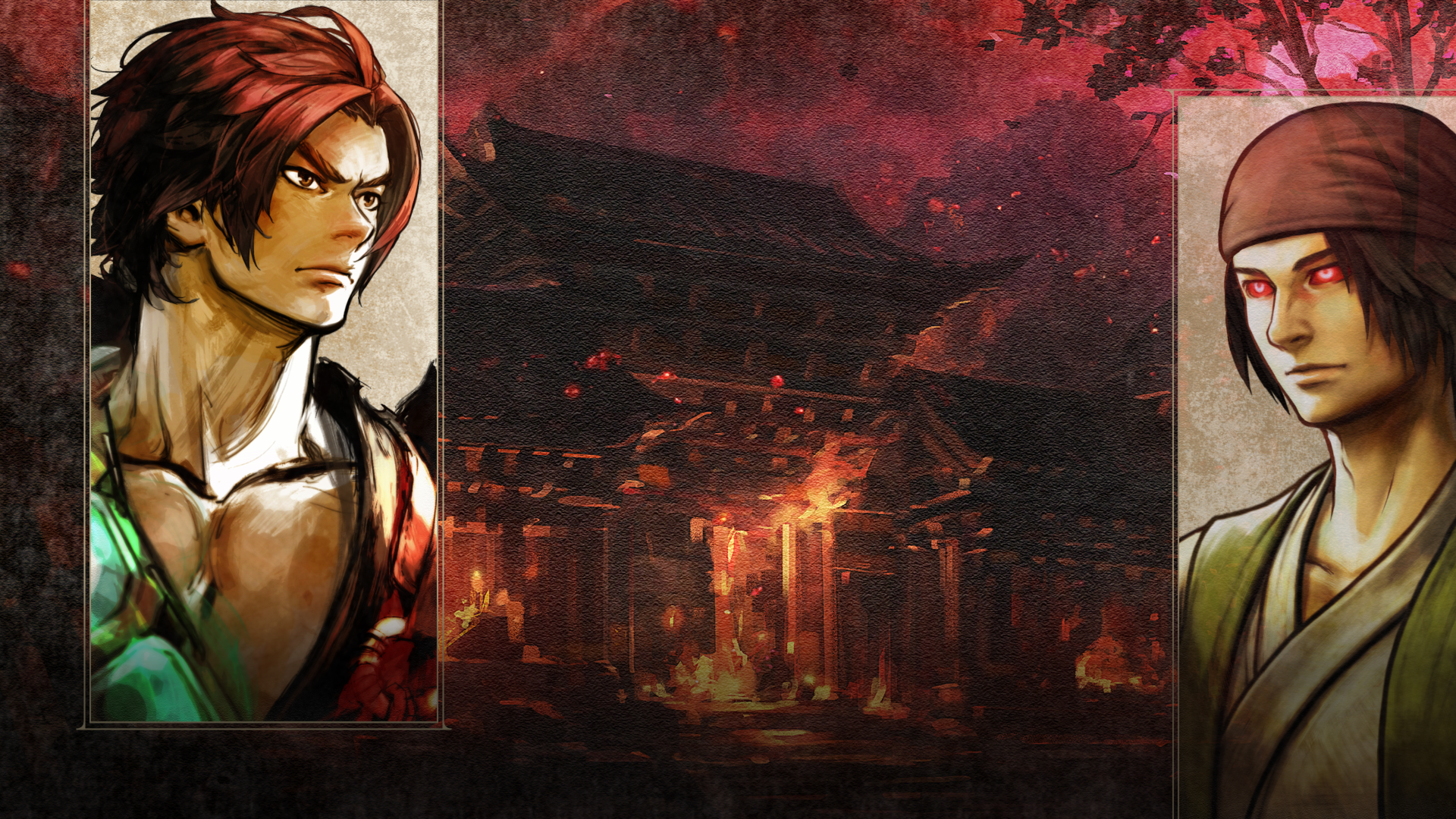
-
Soulcalibur VI Review #6
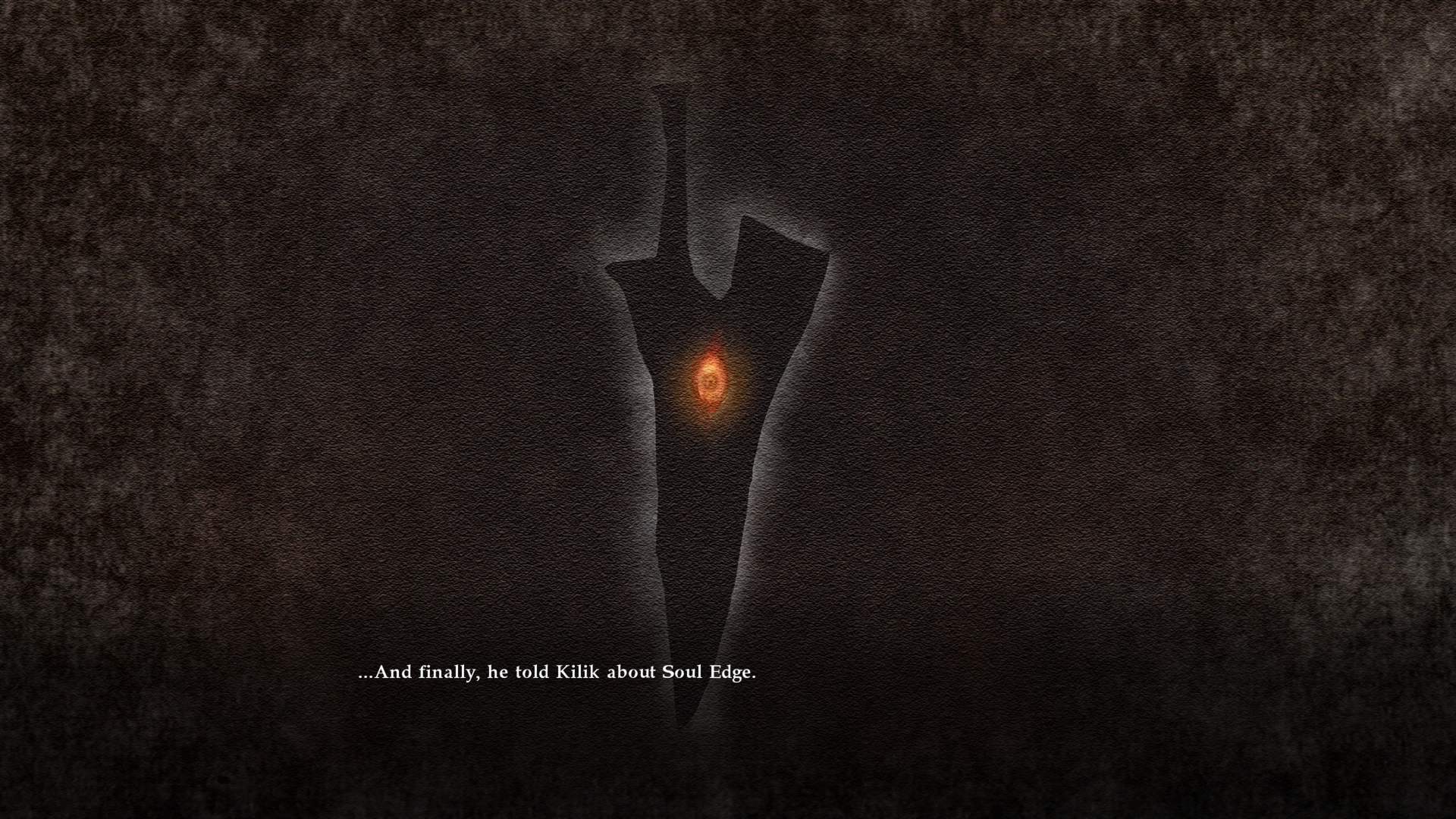
-
Soulcalibur VI Review #7
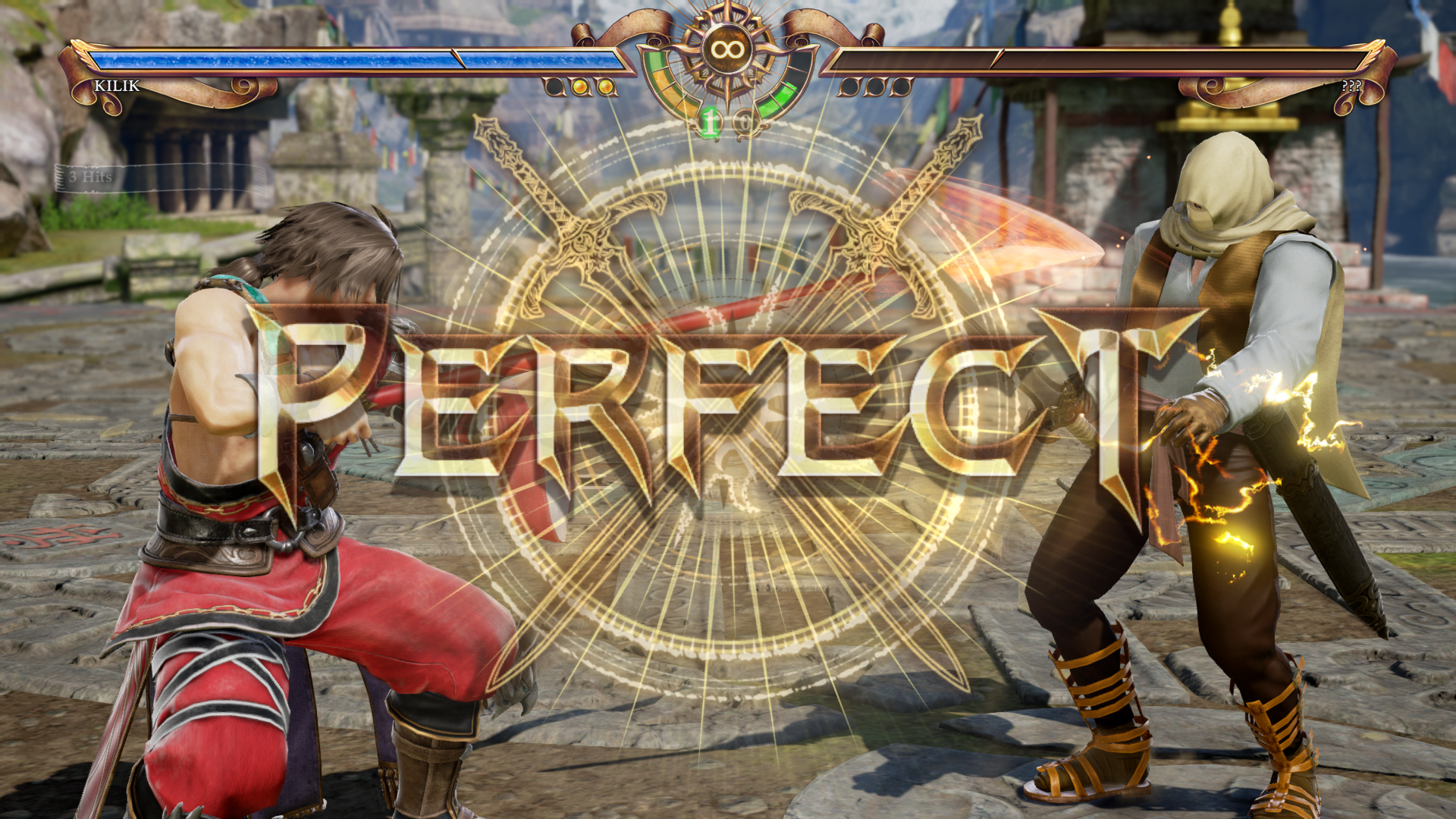
-
Soulcalibur VI Review #8

-
Soulcalibur VI Review #9
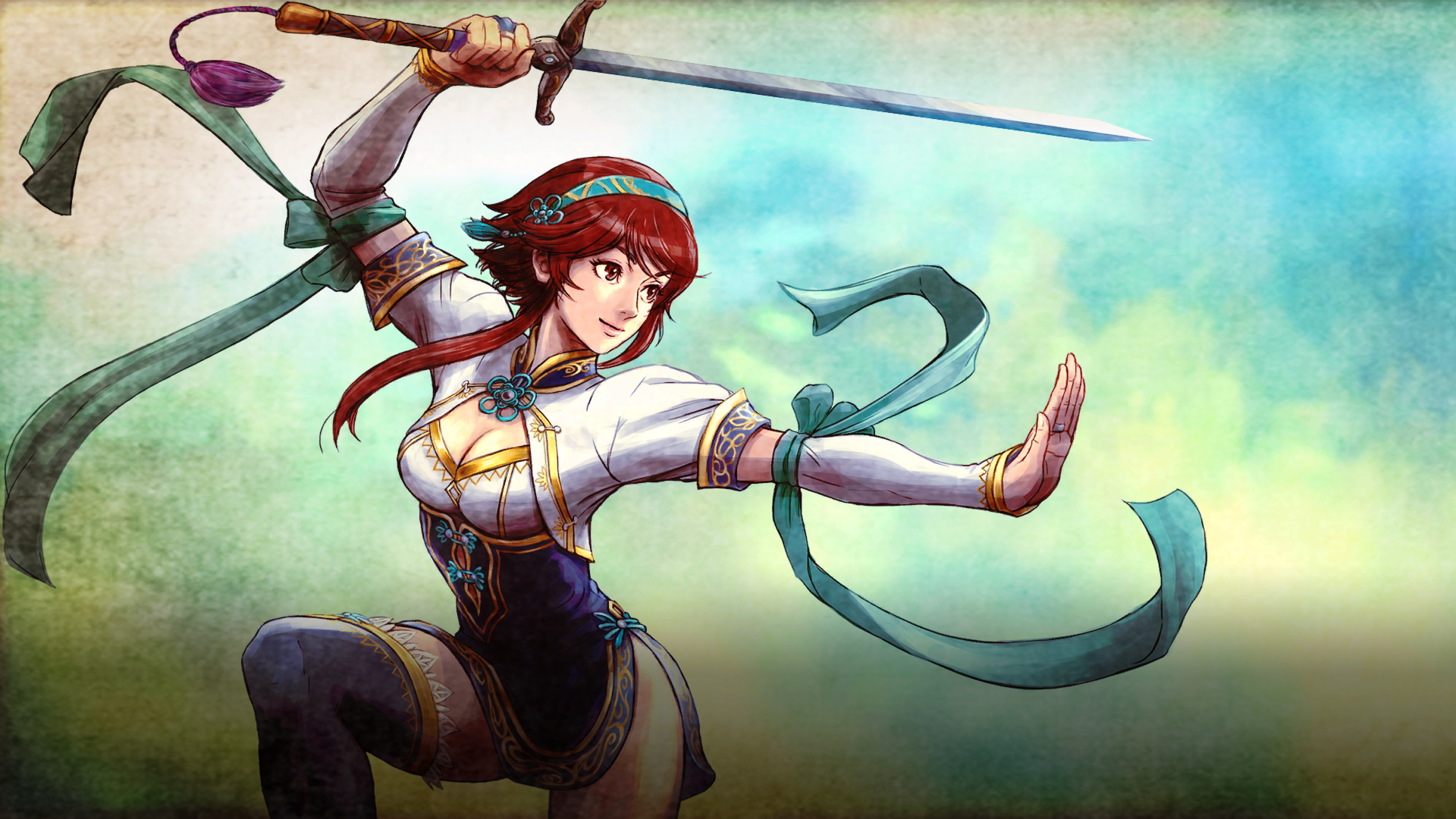
-
Soulcalibur VI Review #10
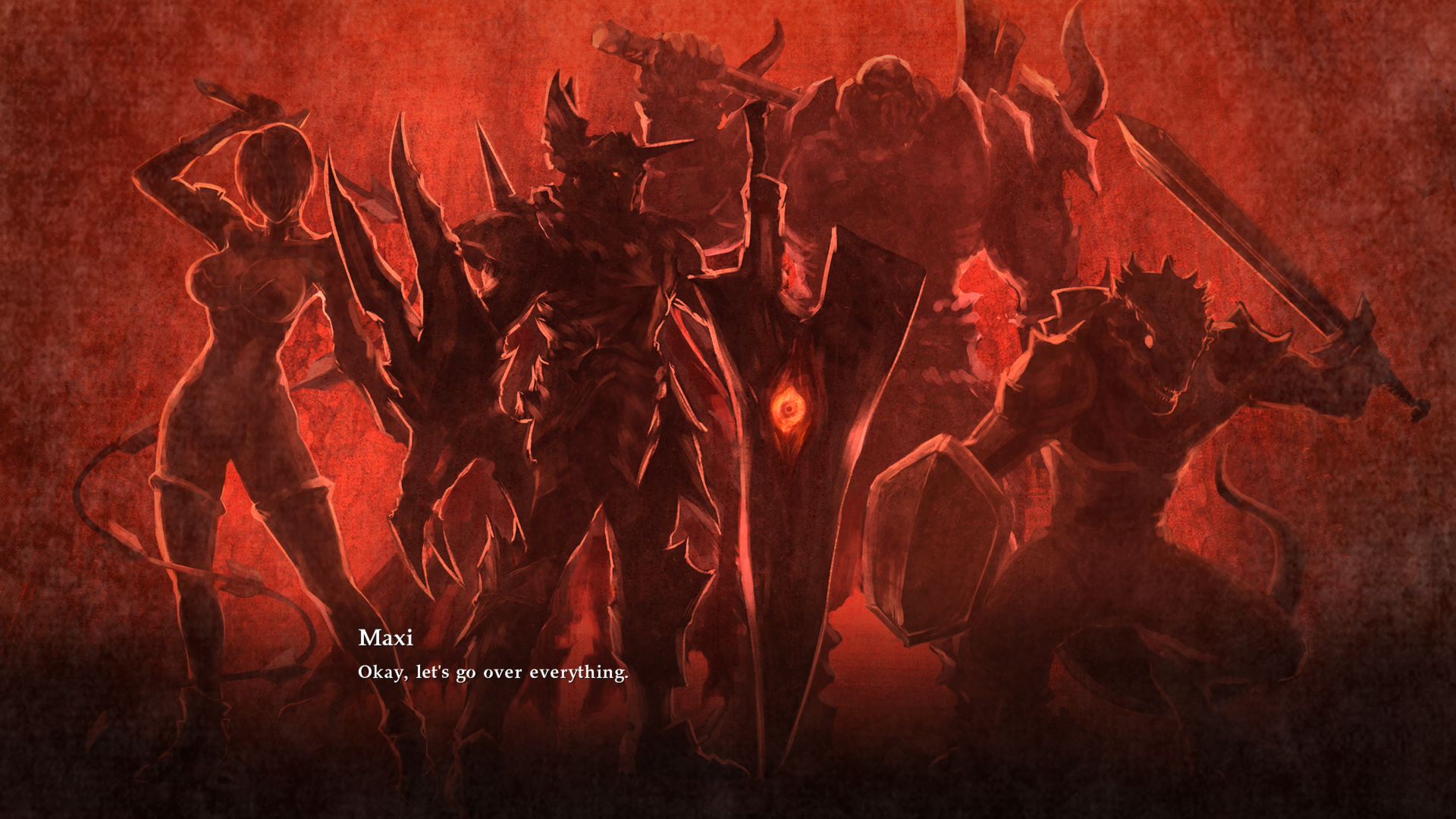
-
Soulcalibur VI Review #11
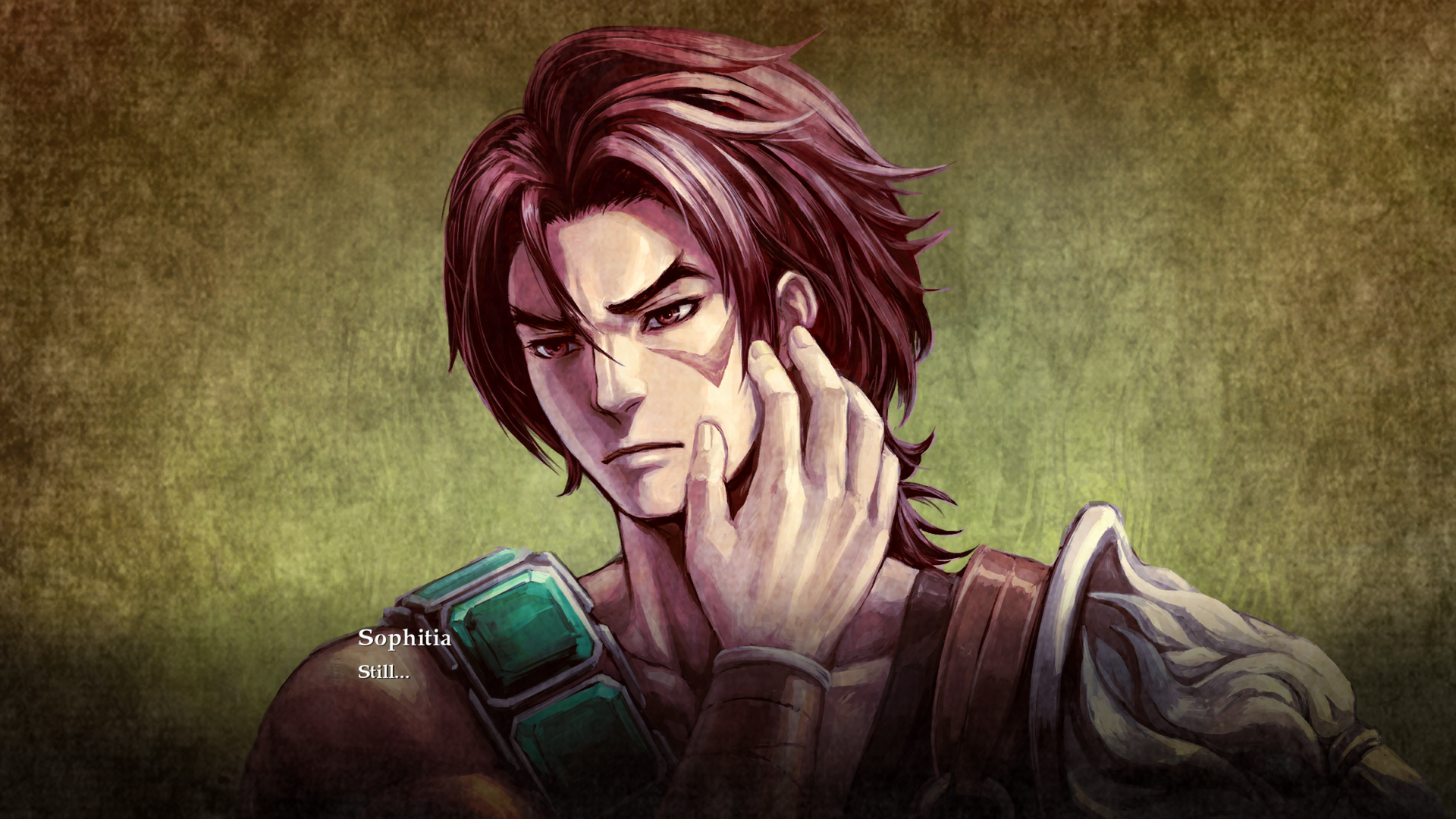
-
Soulcalibur VI Review #12
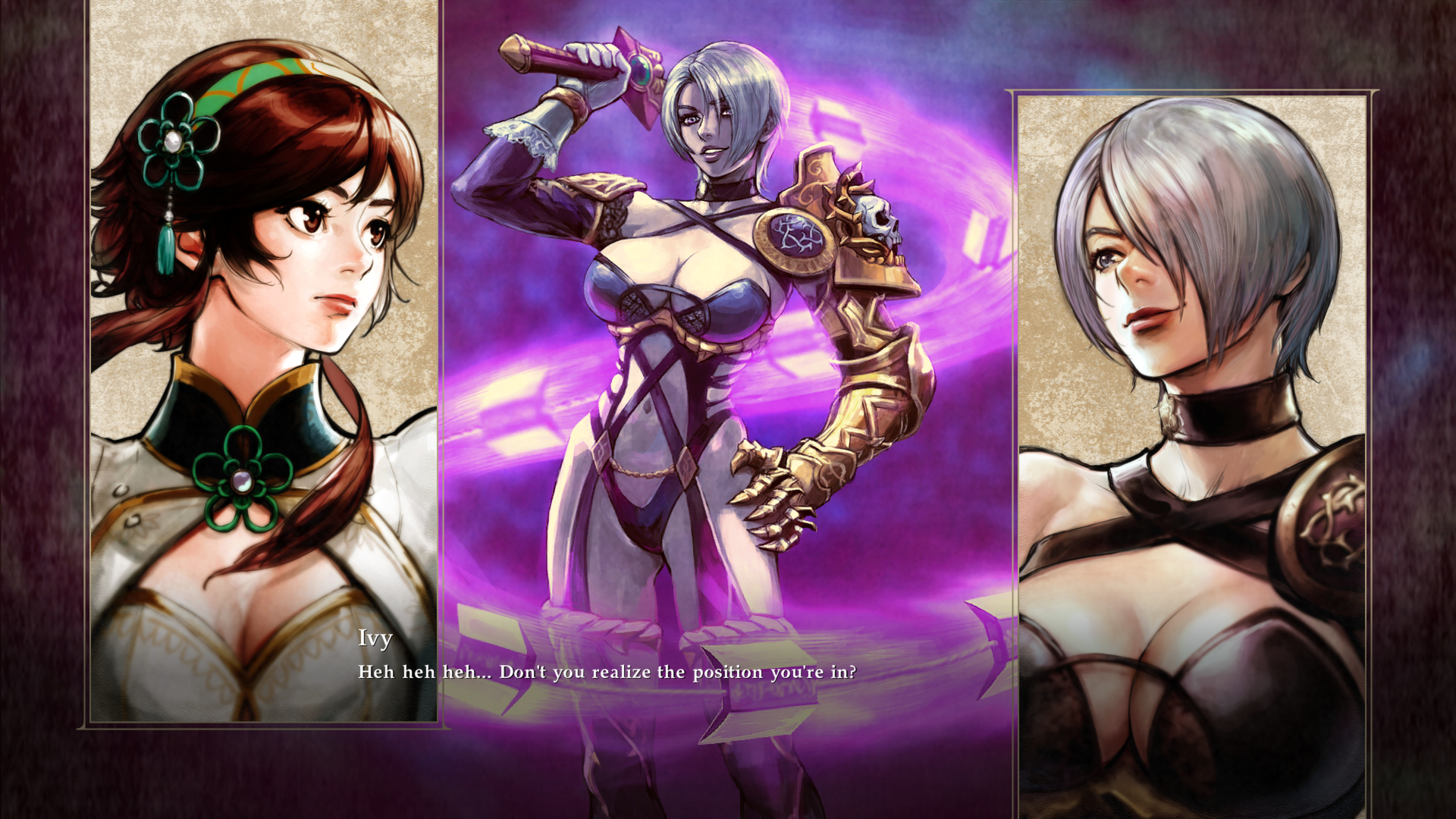
-
Soulcalibur VI Review #13

-
Soulcalibur VI Review #14
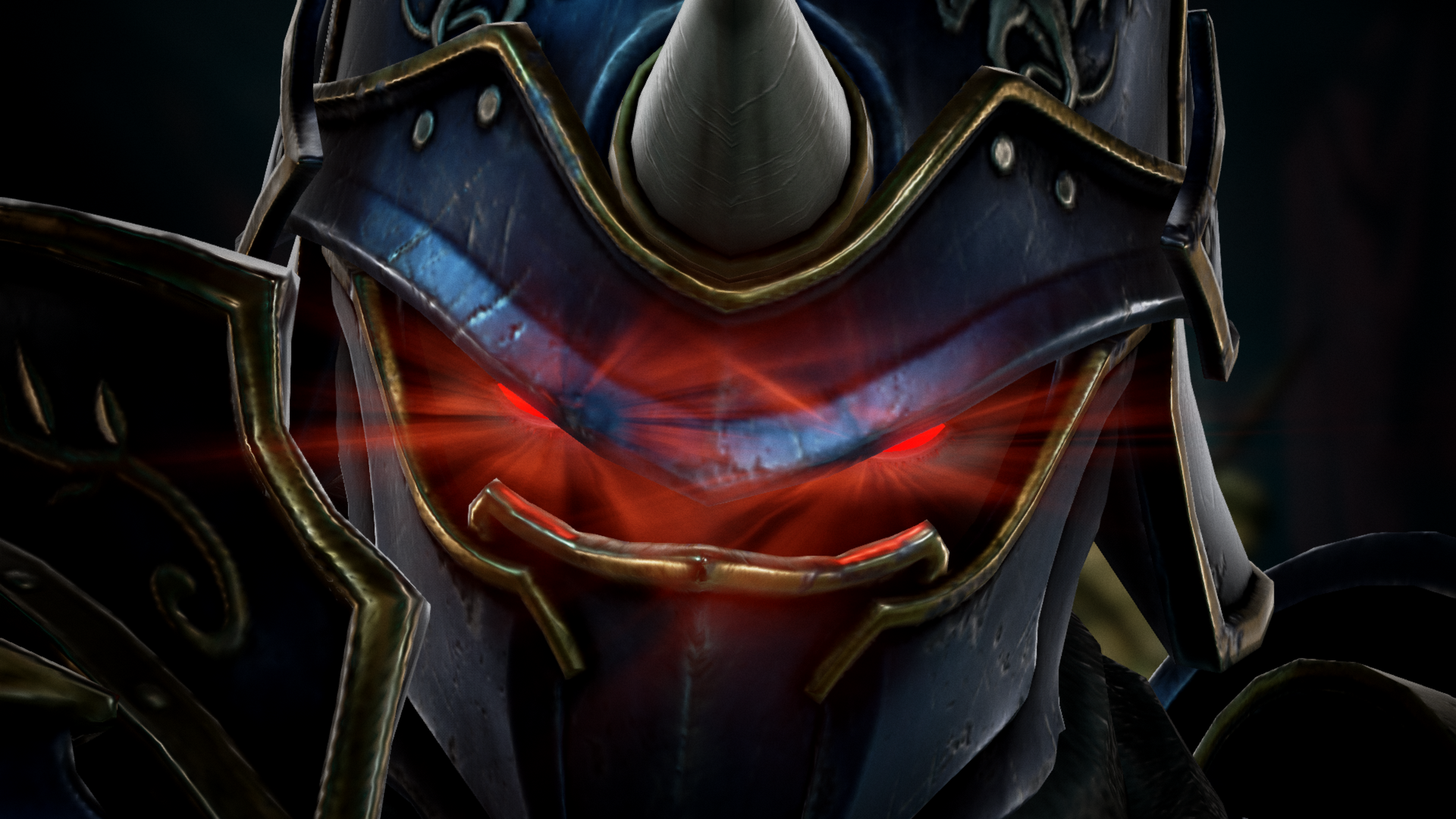
-
Soulcalibur VI Review #15
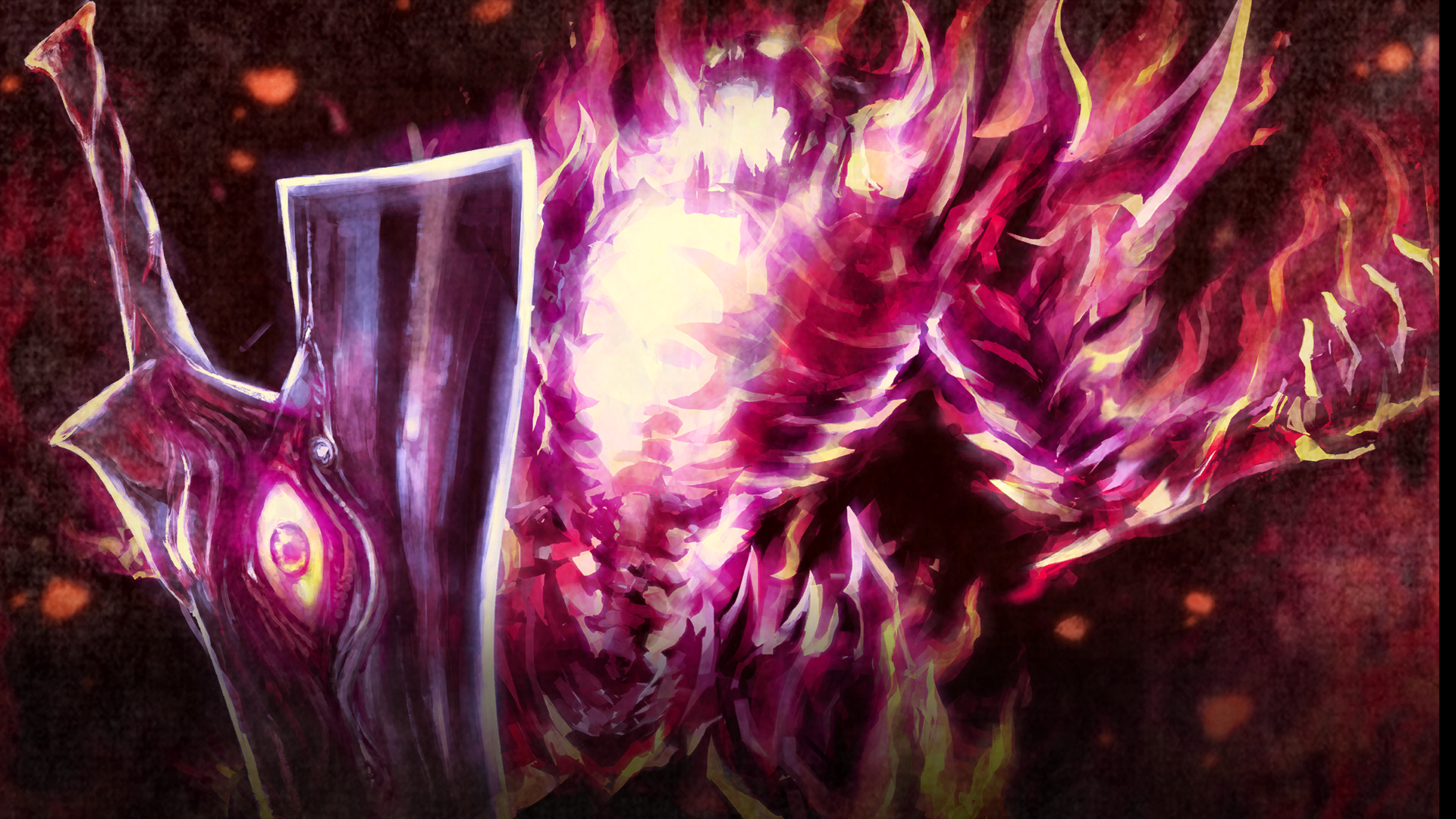
-
Soulcalibur VI Review #16

-
Soulcalibur VI Review #17

-
Soulcalibur VI Review #18

-
Soulcalibur VI Review #19

-
Soulcalibur VI Review #20
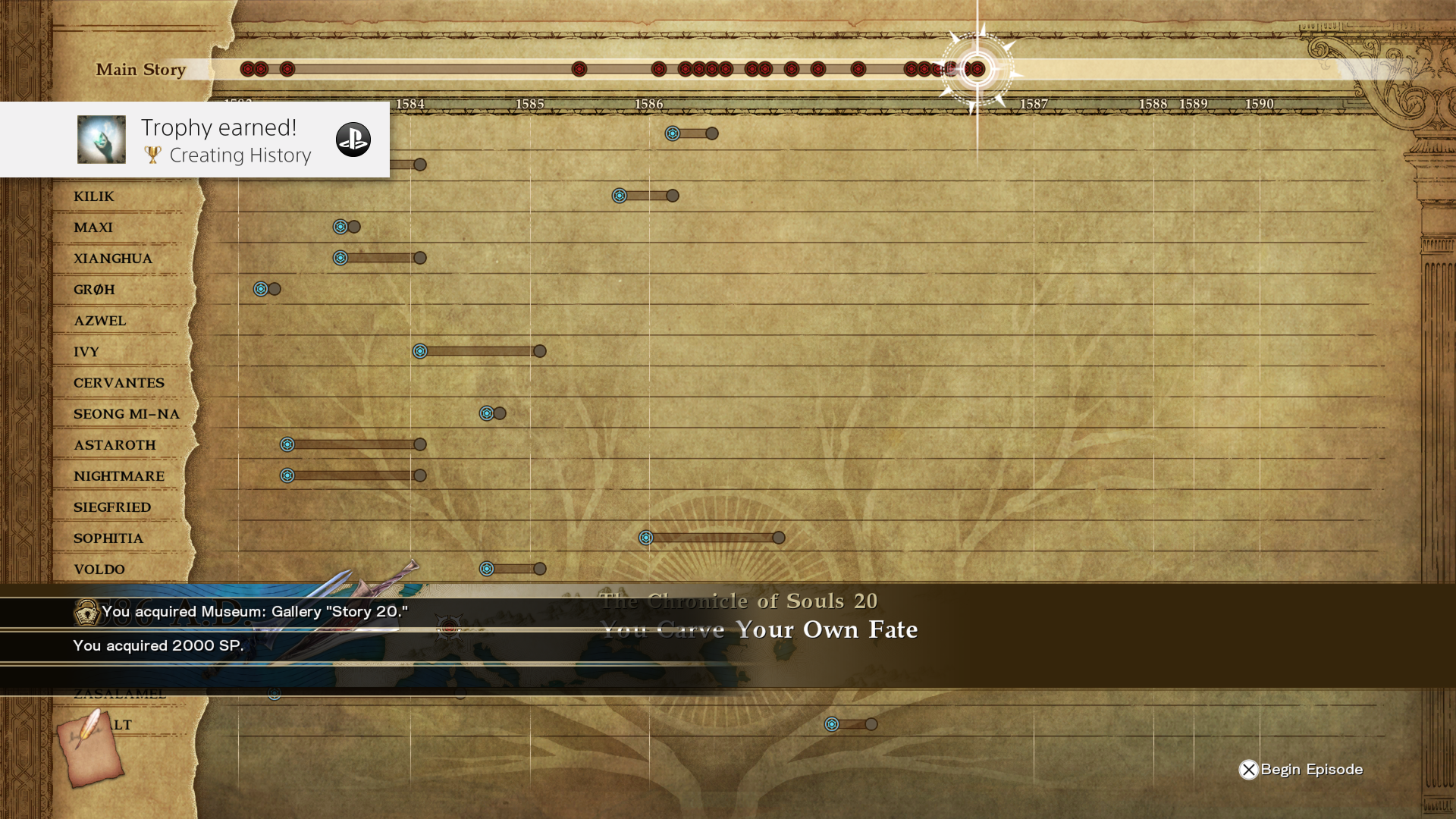
-
Soulcalibur VI Review #21
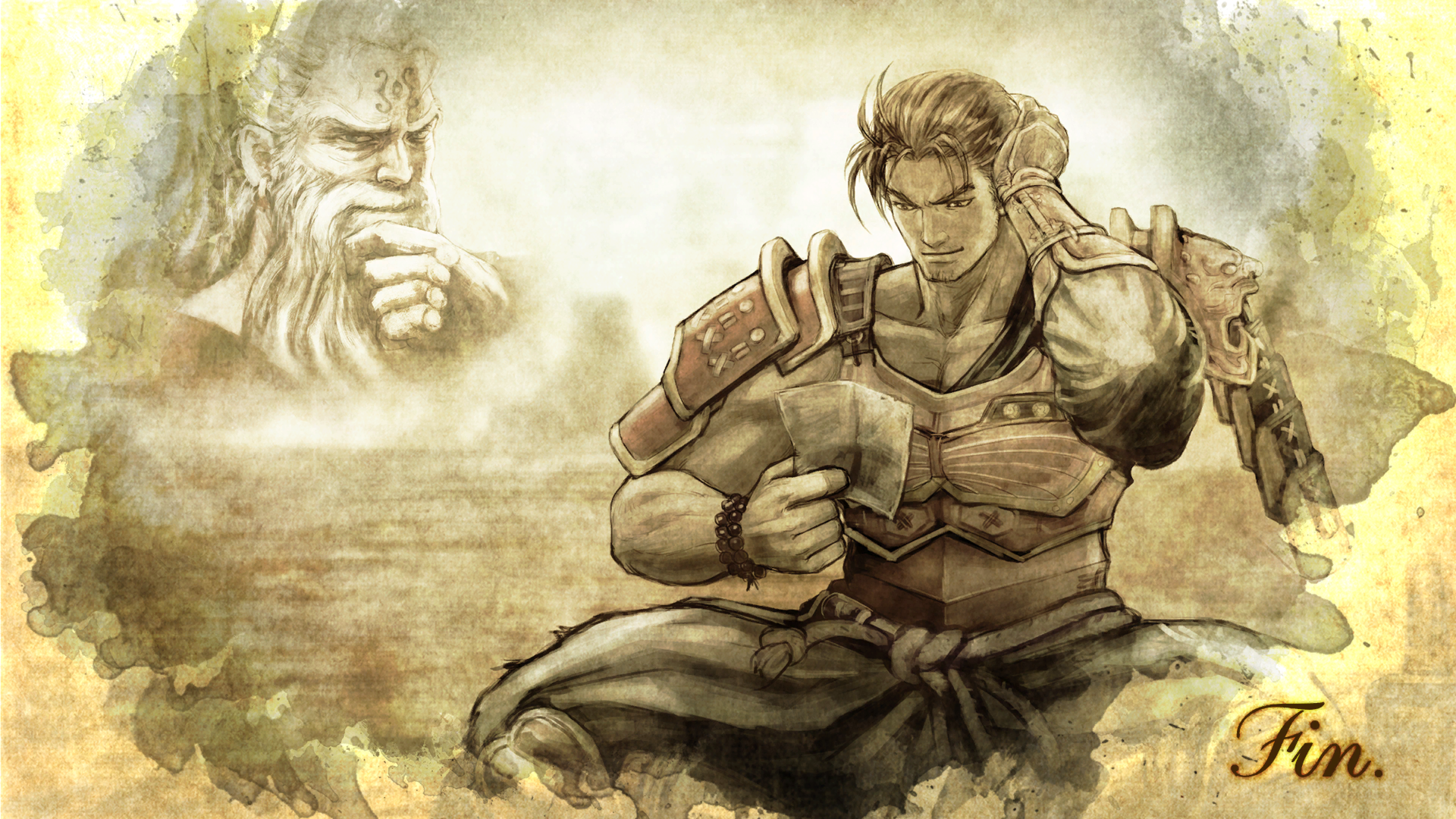
-
Soulcalibur VI Review #22
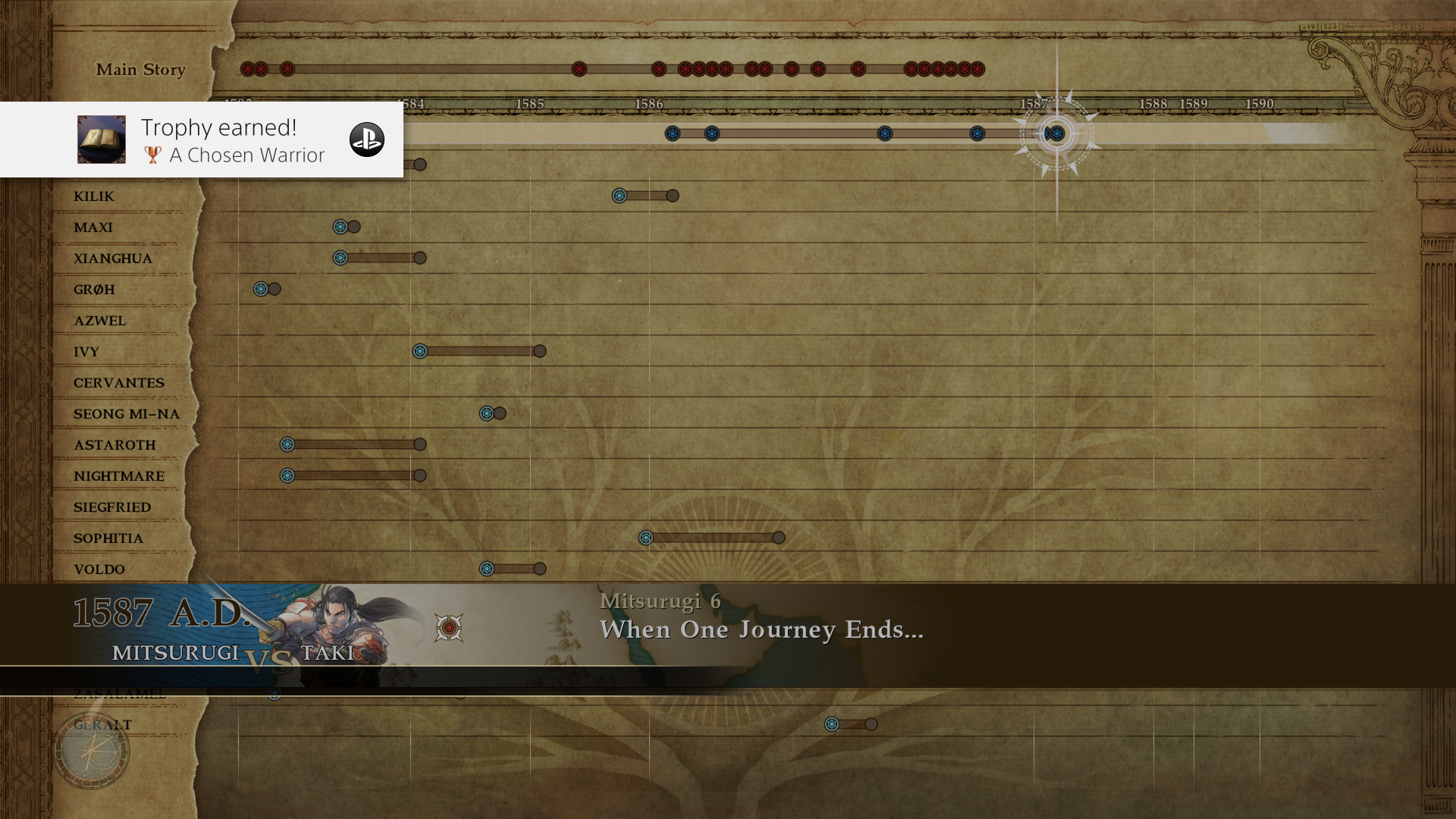
-
Soulcalibur VI Review #23
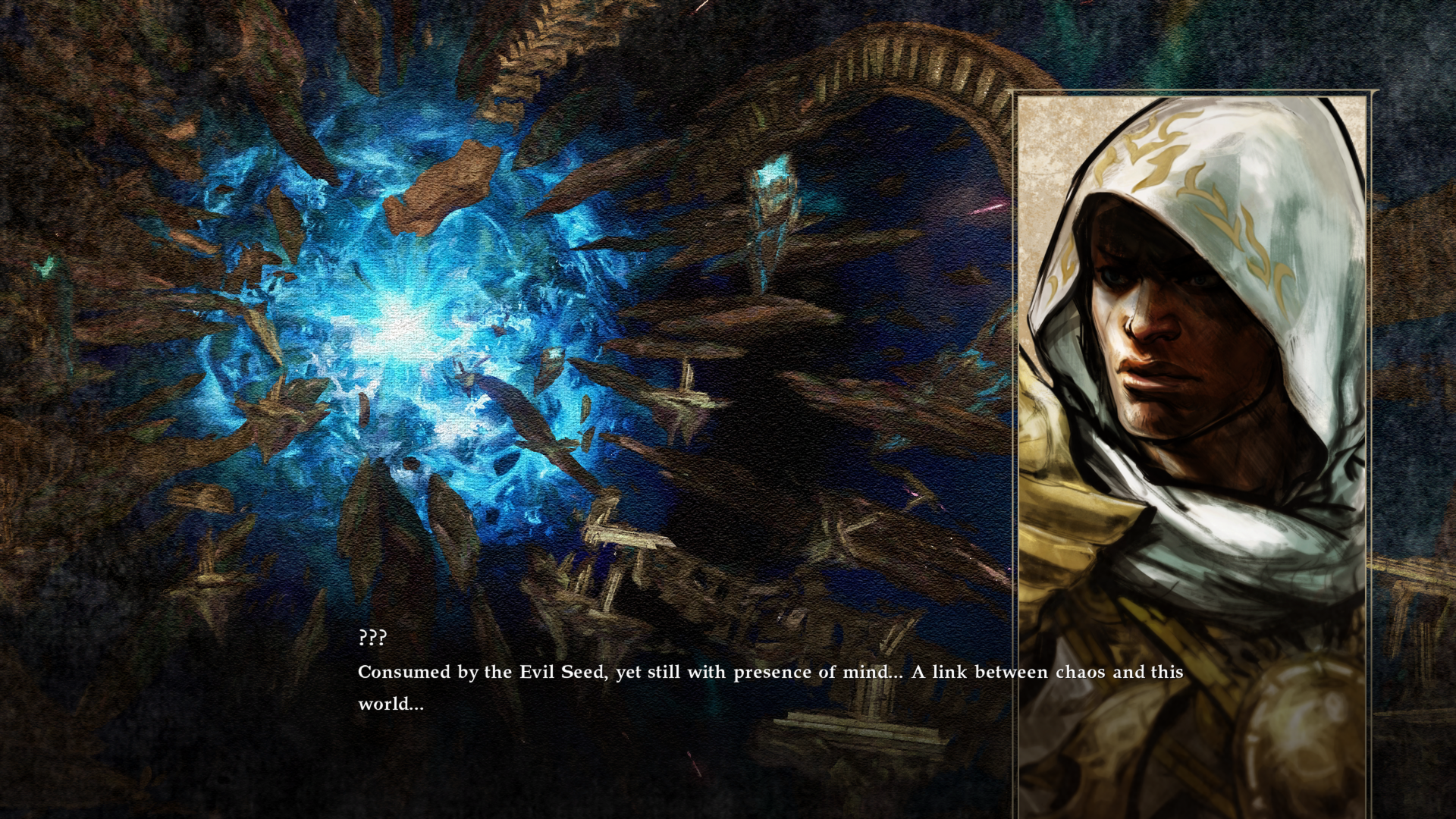
-
Soulcalibur VI Review #24

-
Soulcalibur VI Review #25

-
Soulcalibur VI Review #26
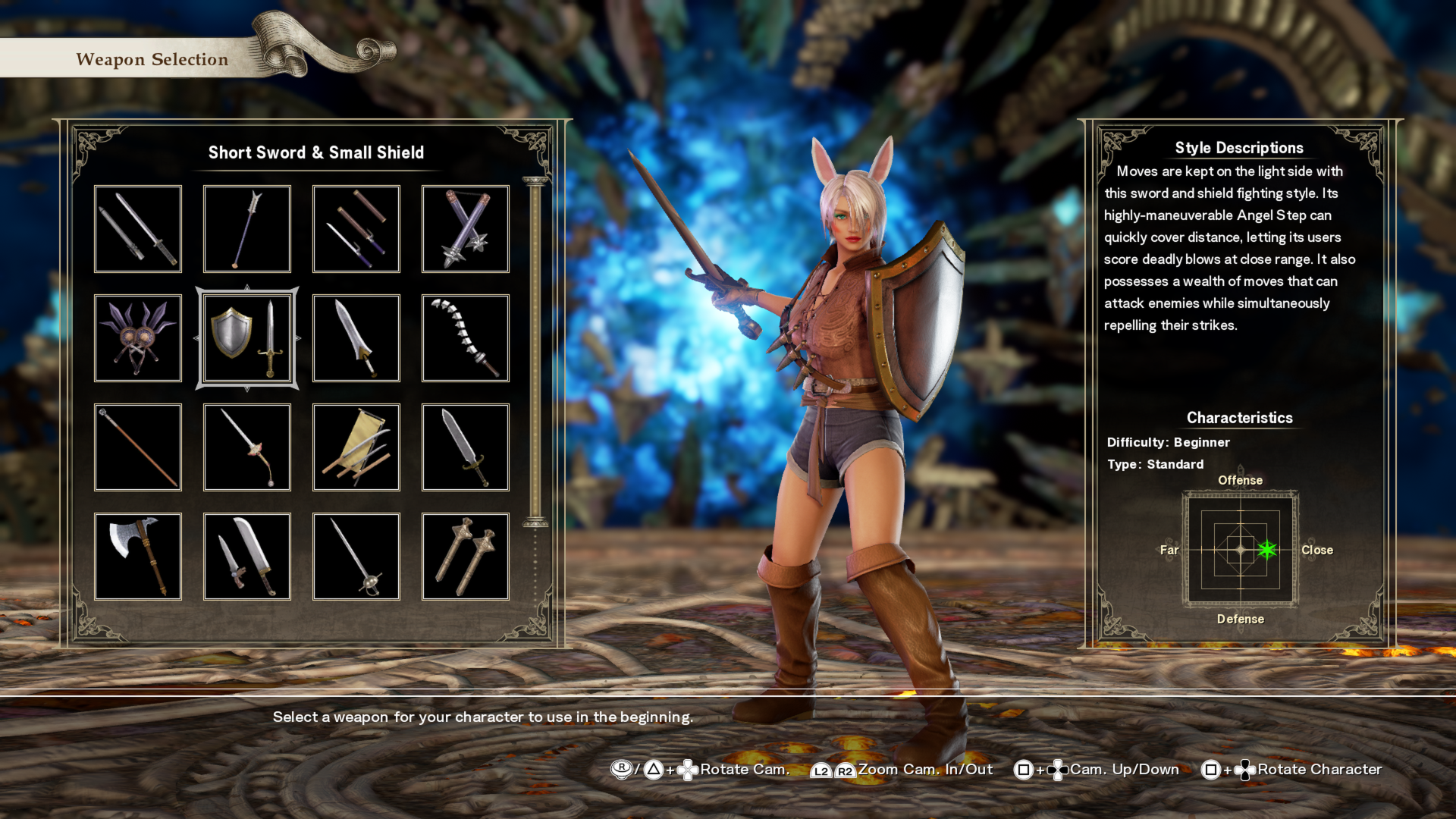
-
Soulcalibur VI Review #27
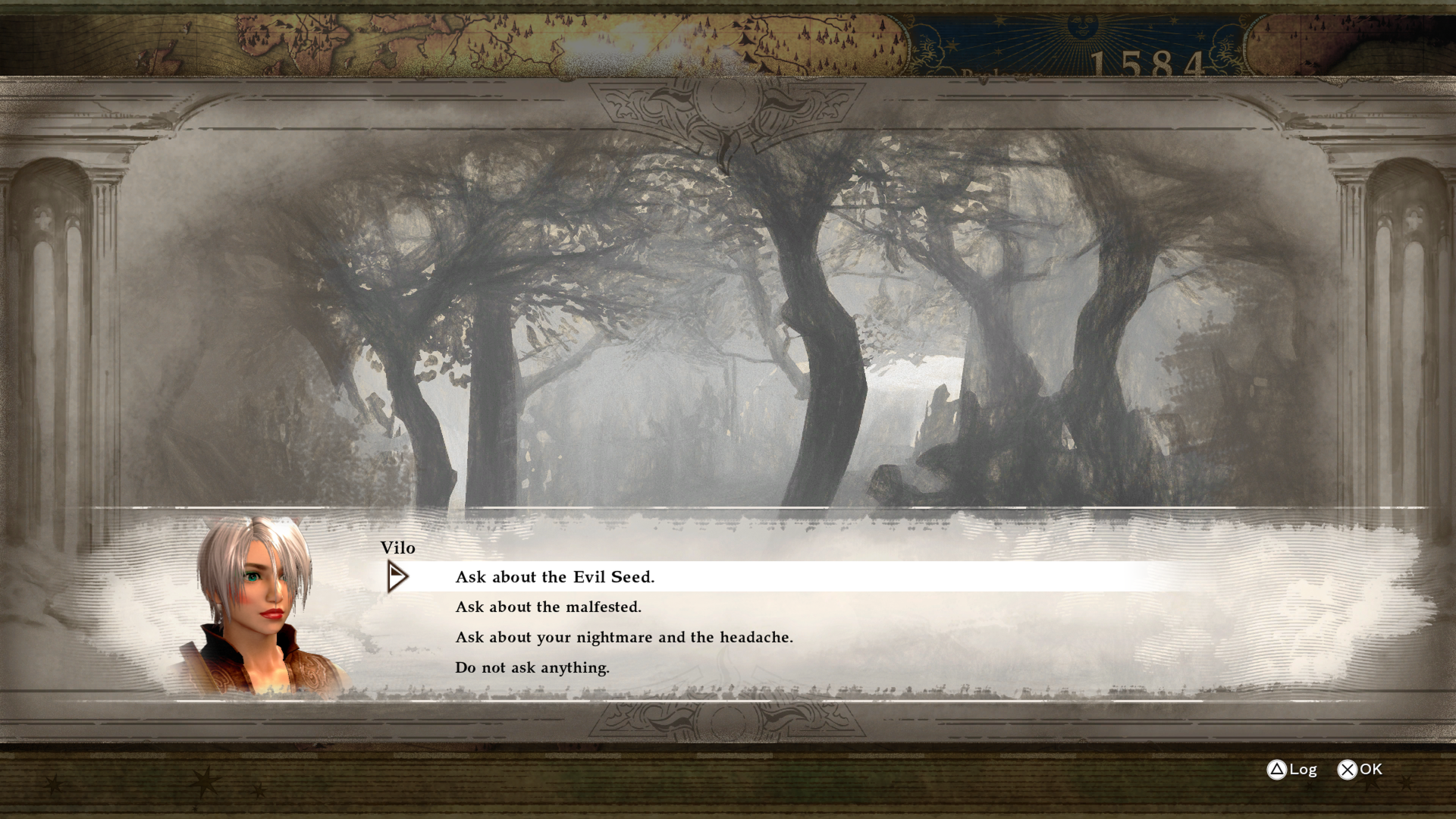
-
Soulcalibur VI Review #28
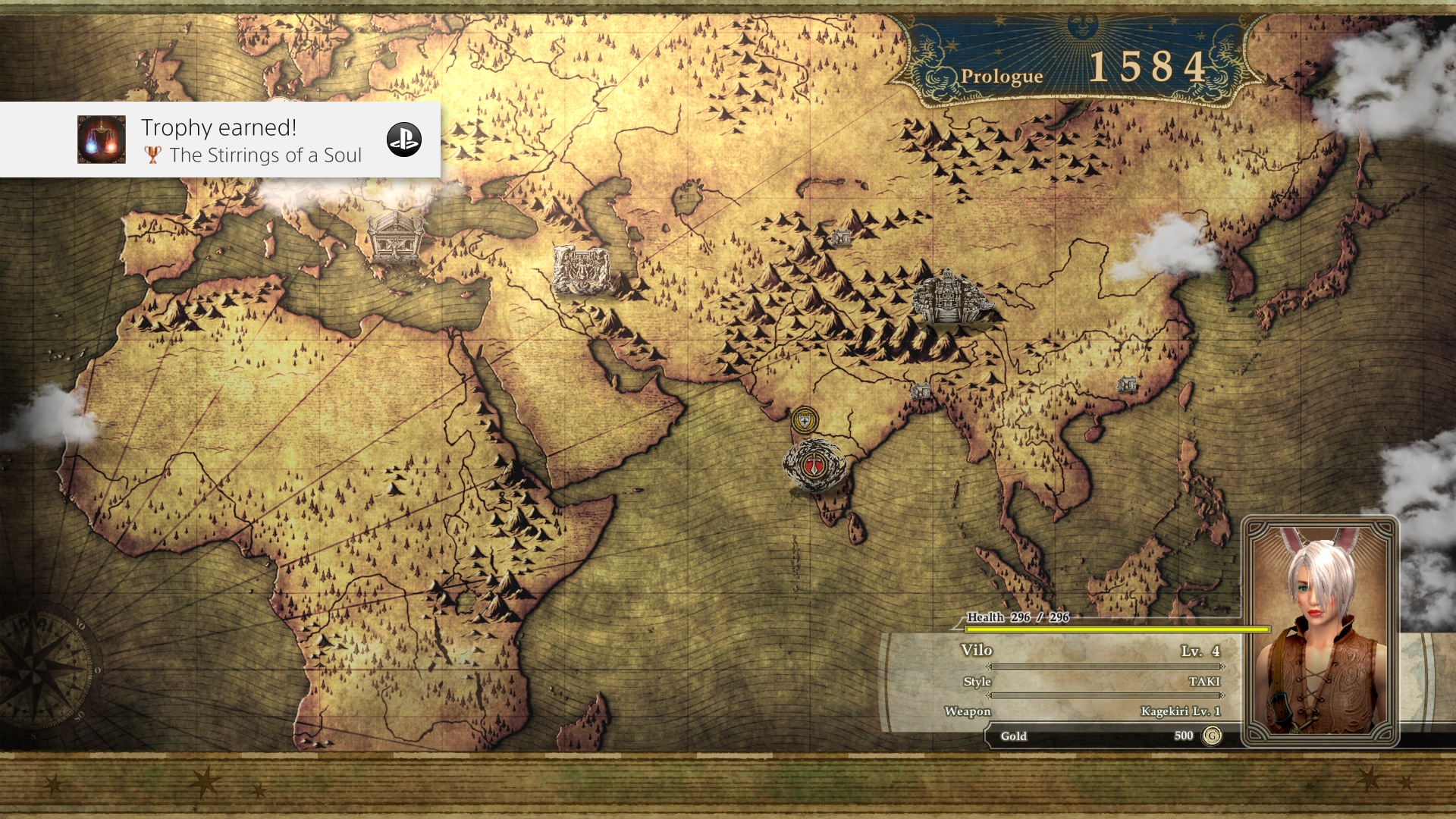
-
Soulcalibur VI Review #29
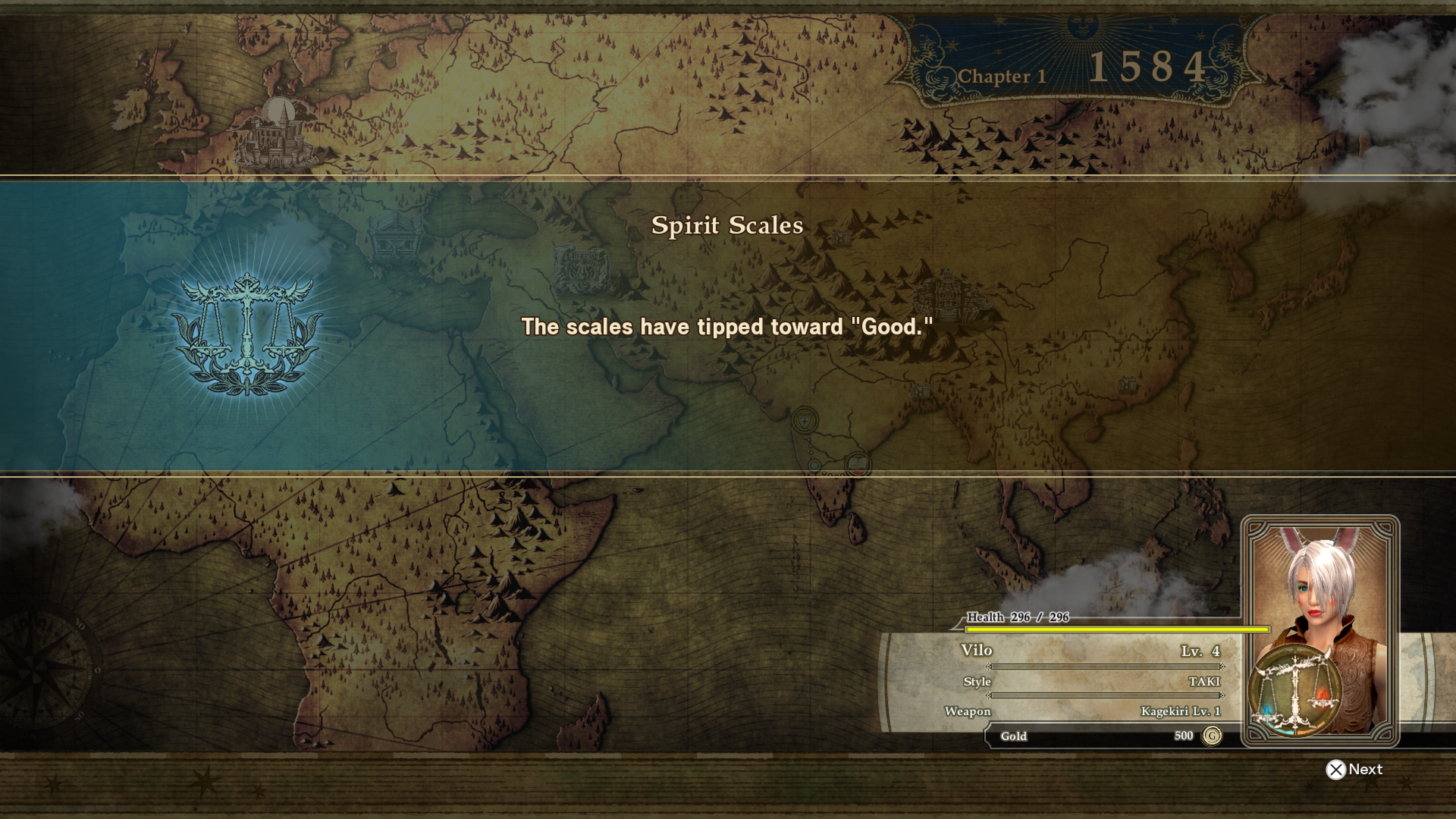
-
Soulcalibur VI Review #30
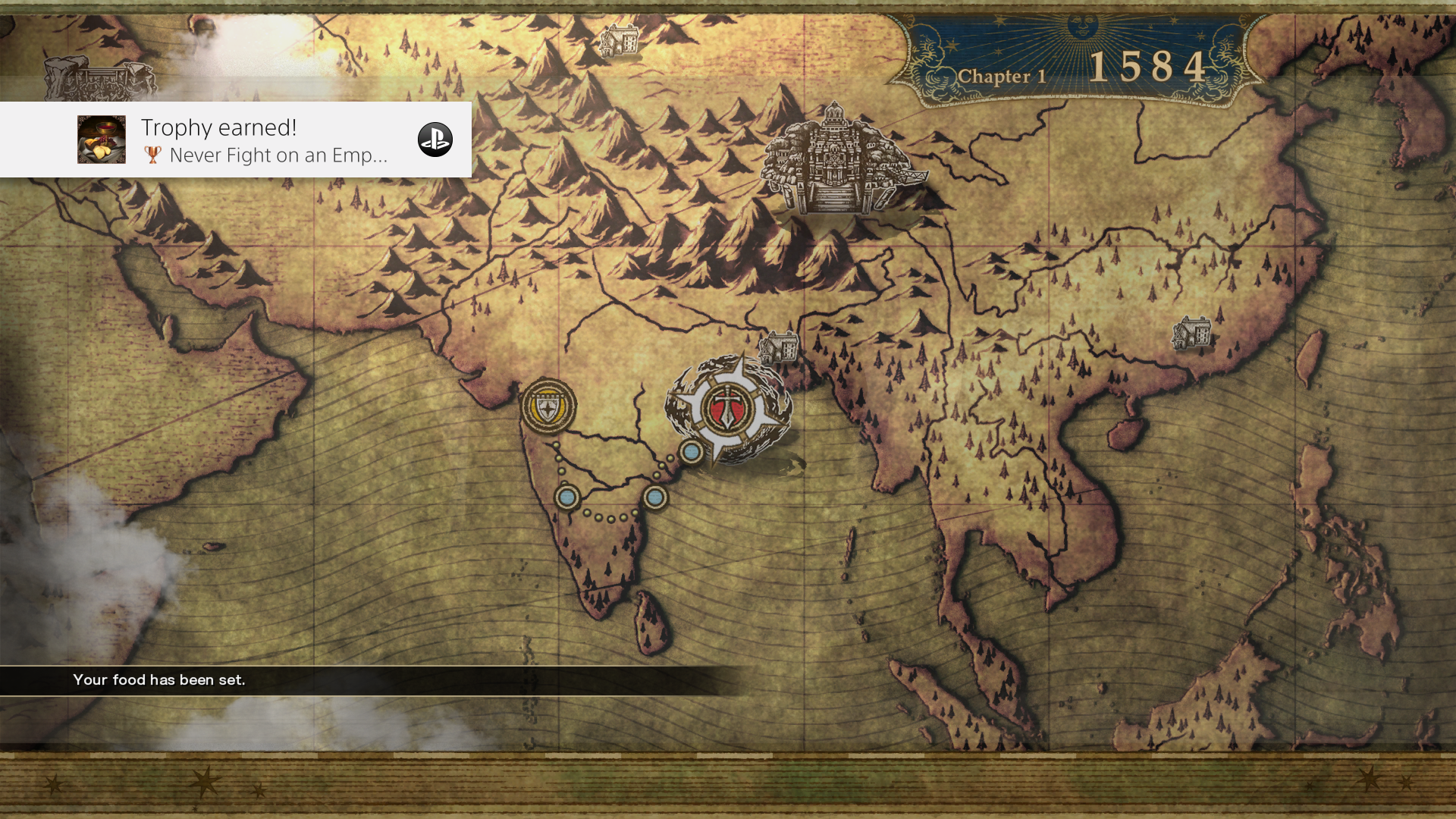
-
Soulcalibur VI Review #31
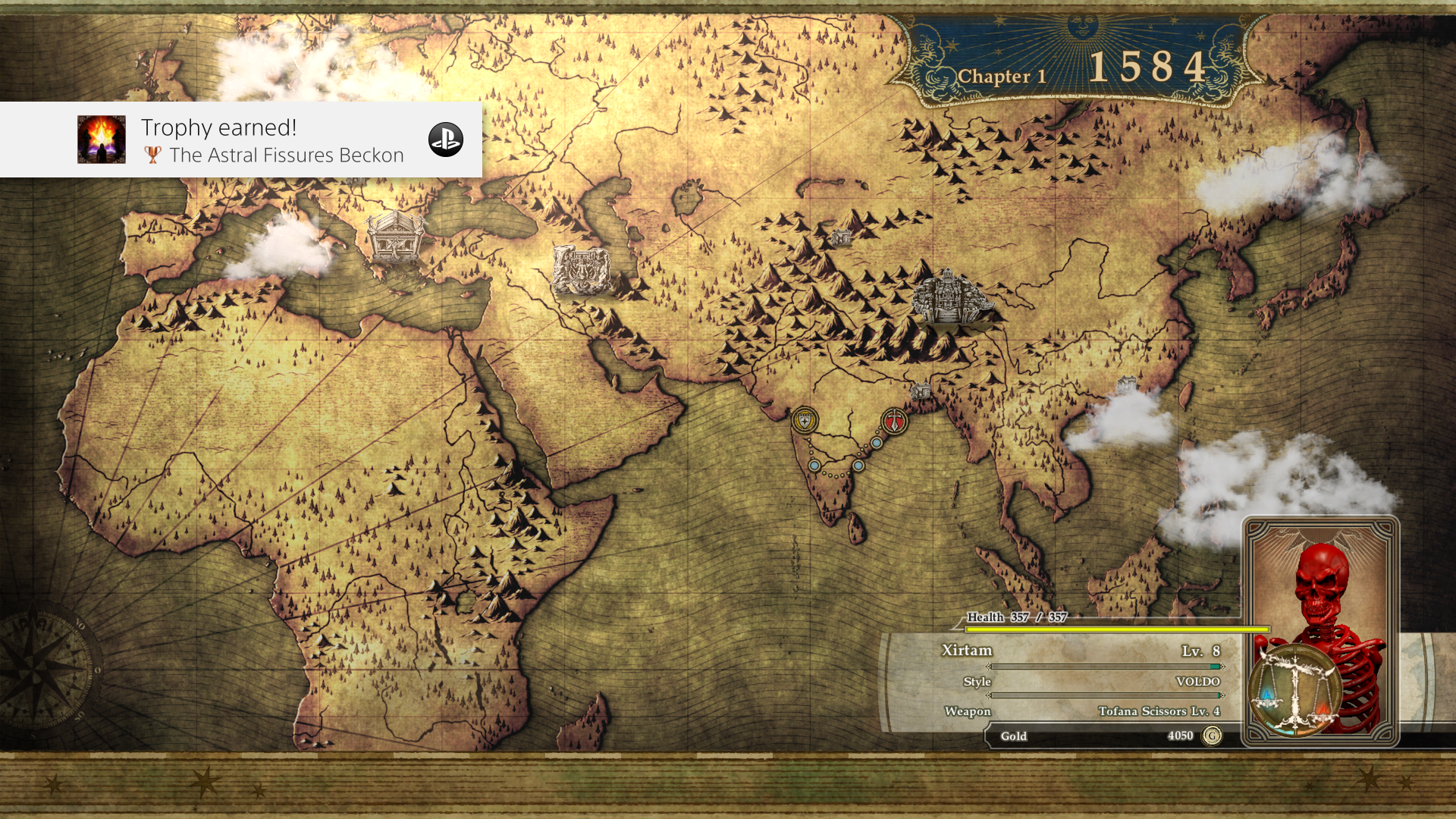
-
Soulcalibur VI Review #32
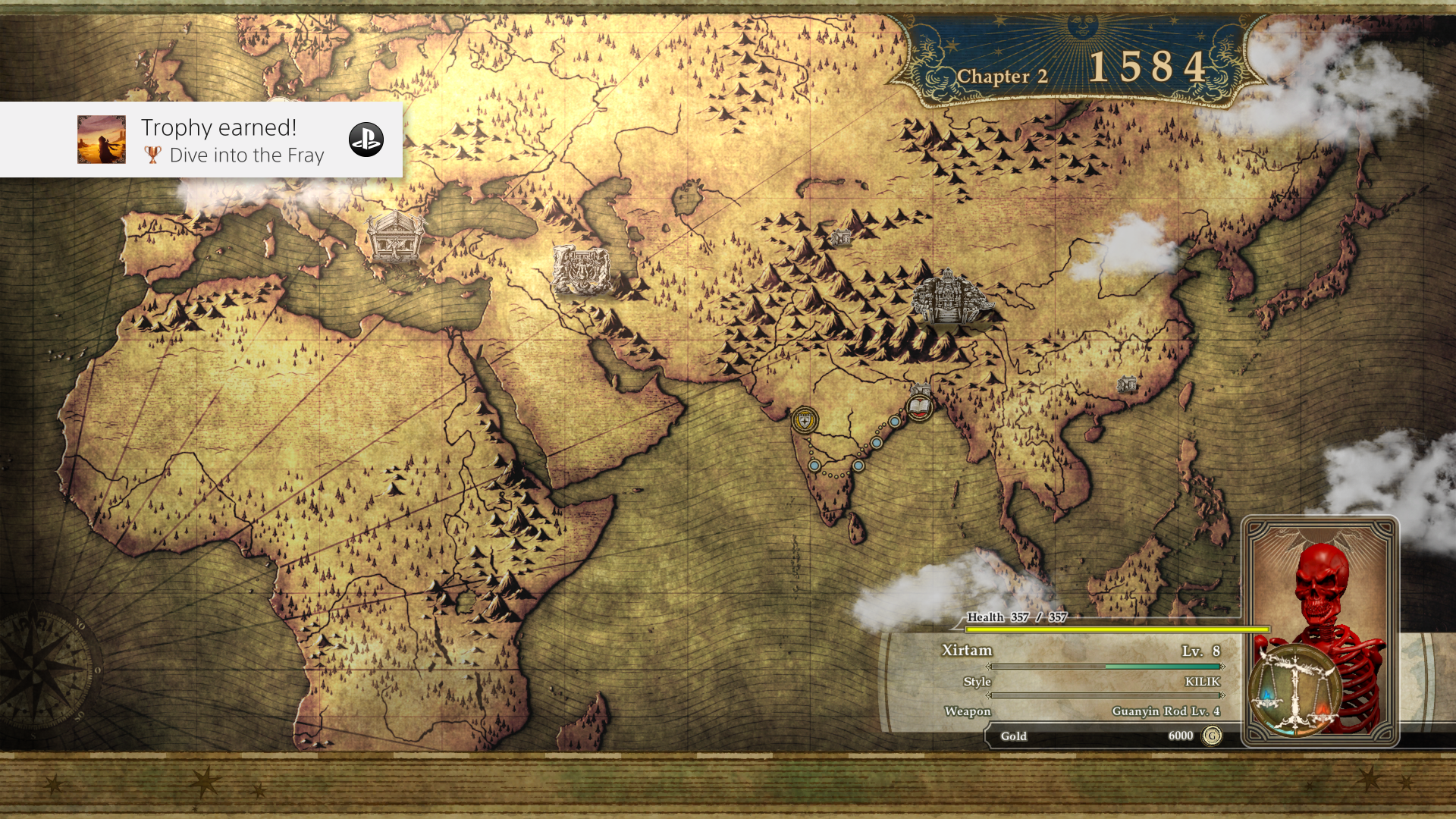
-
Soulcalibur VI Review #33
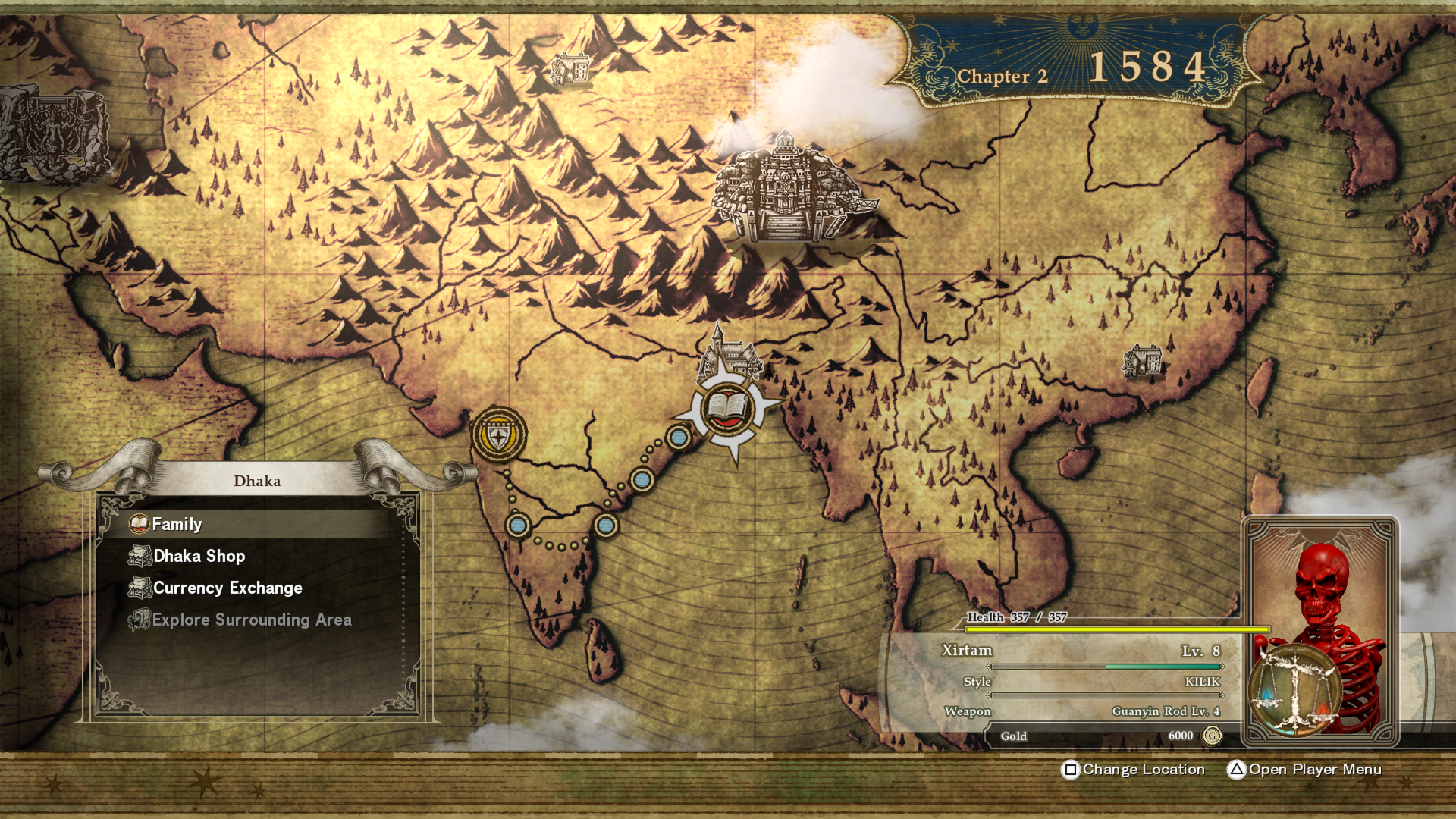
-
Soulcalibur VI Review #34
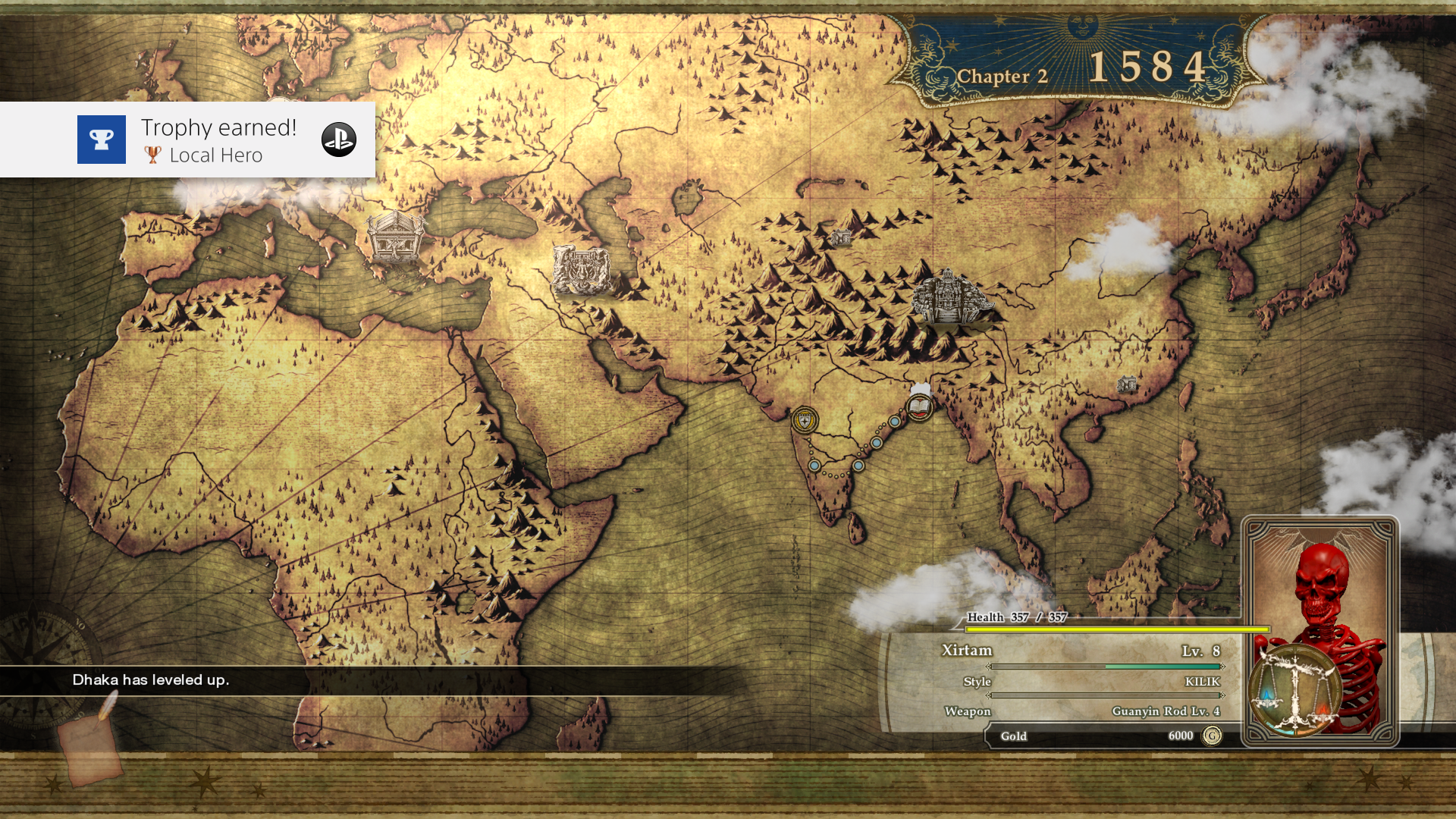
-
Soulcalibur VI Review #35
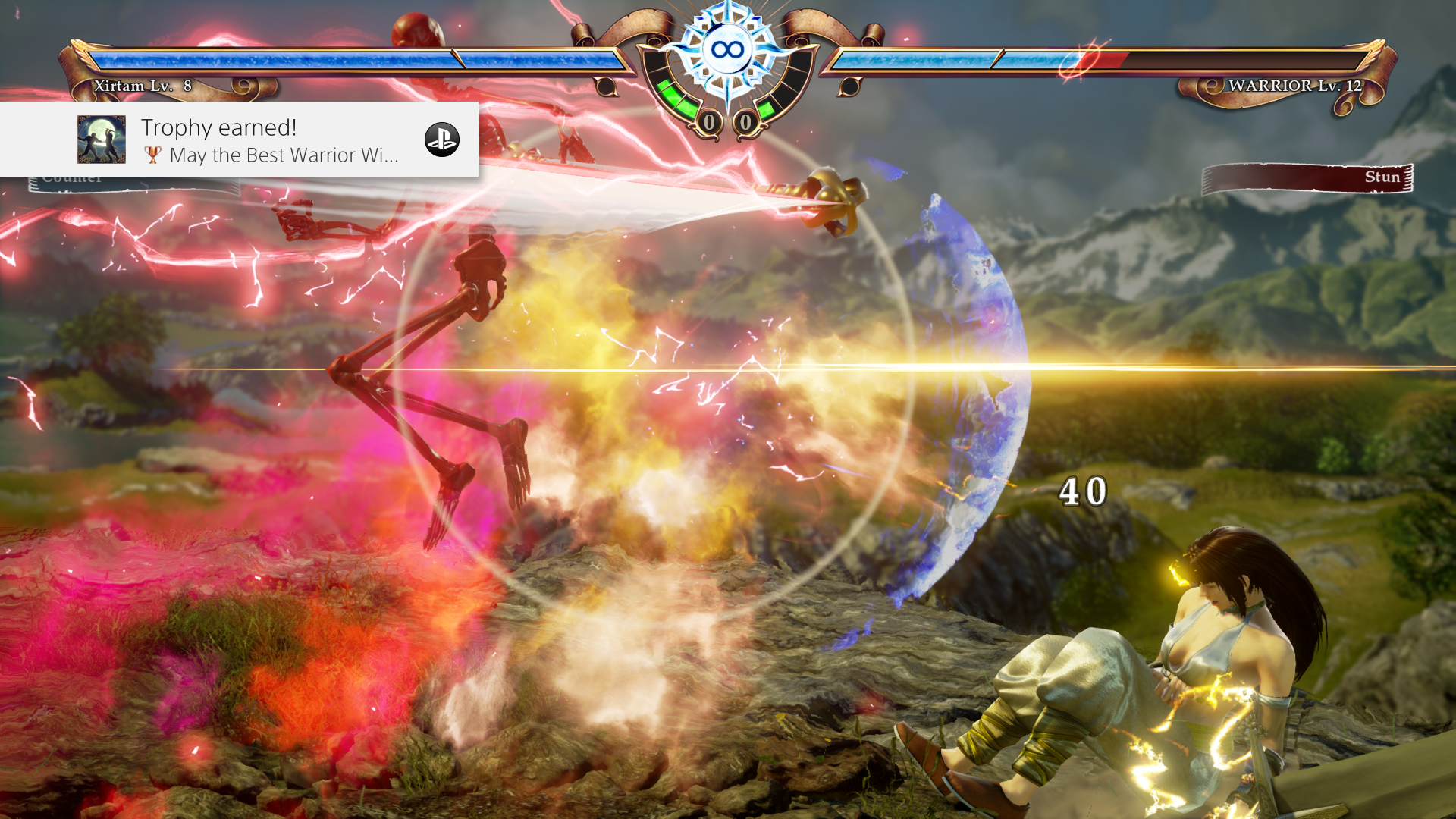
-
Soulcalibur VI Review #36
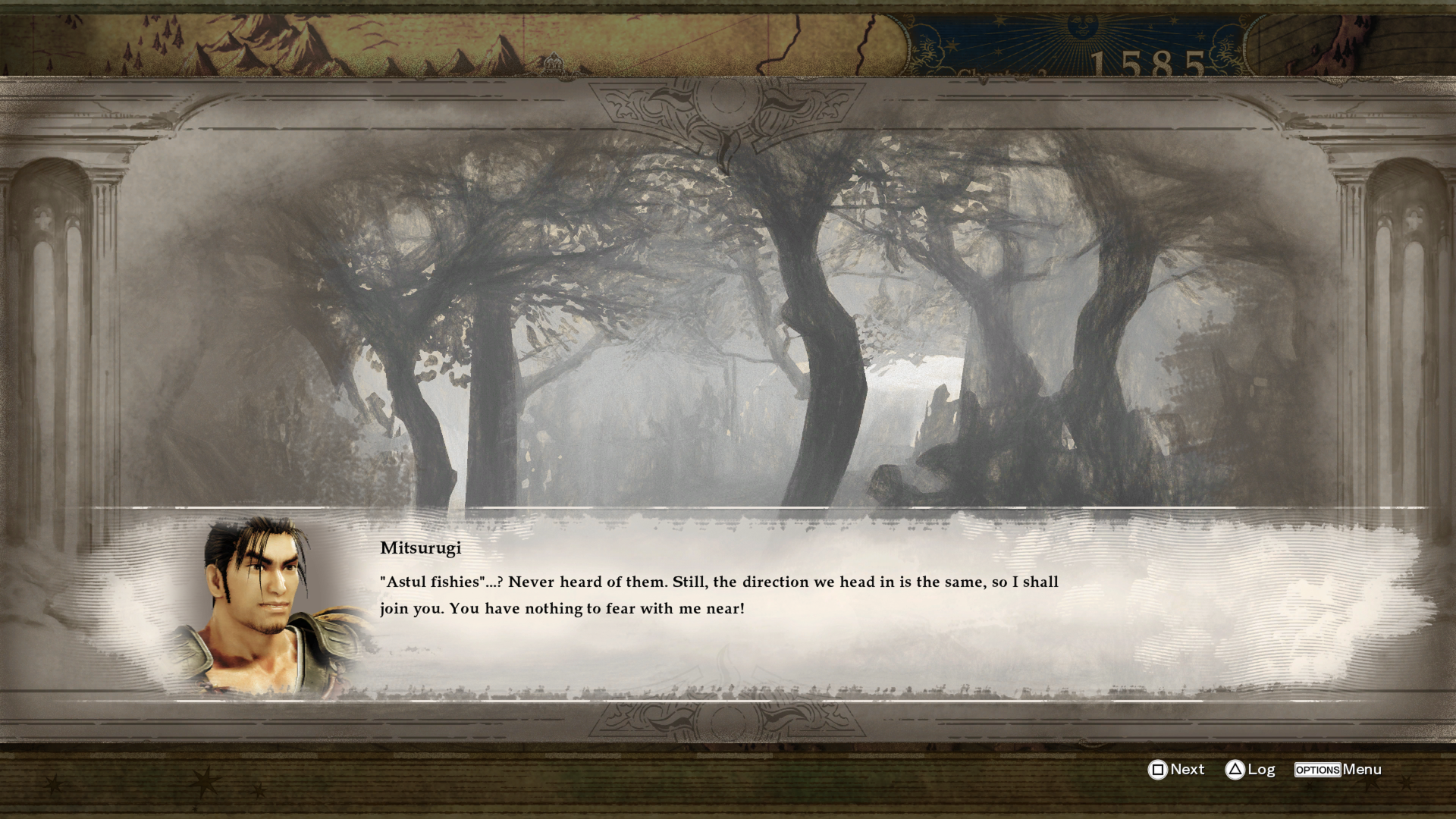
-
Soulcalibur VI Review #37
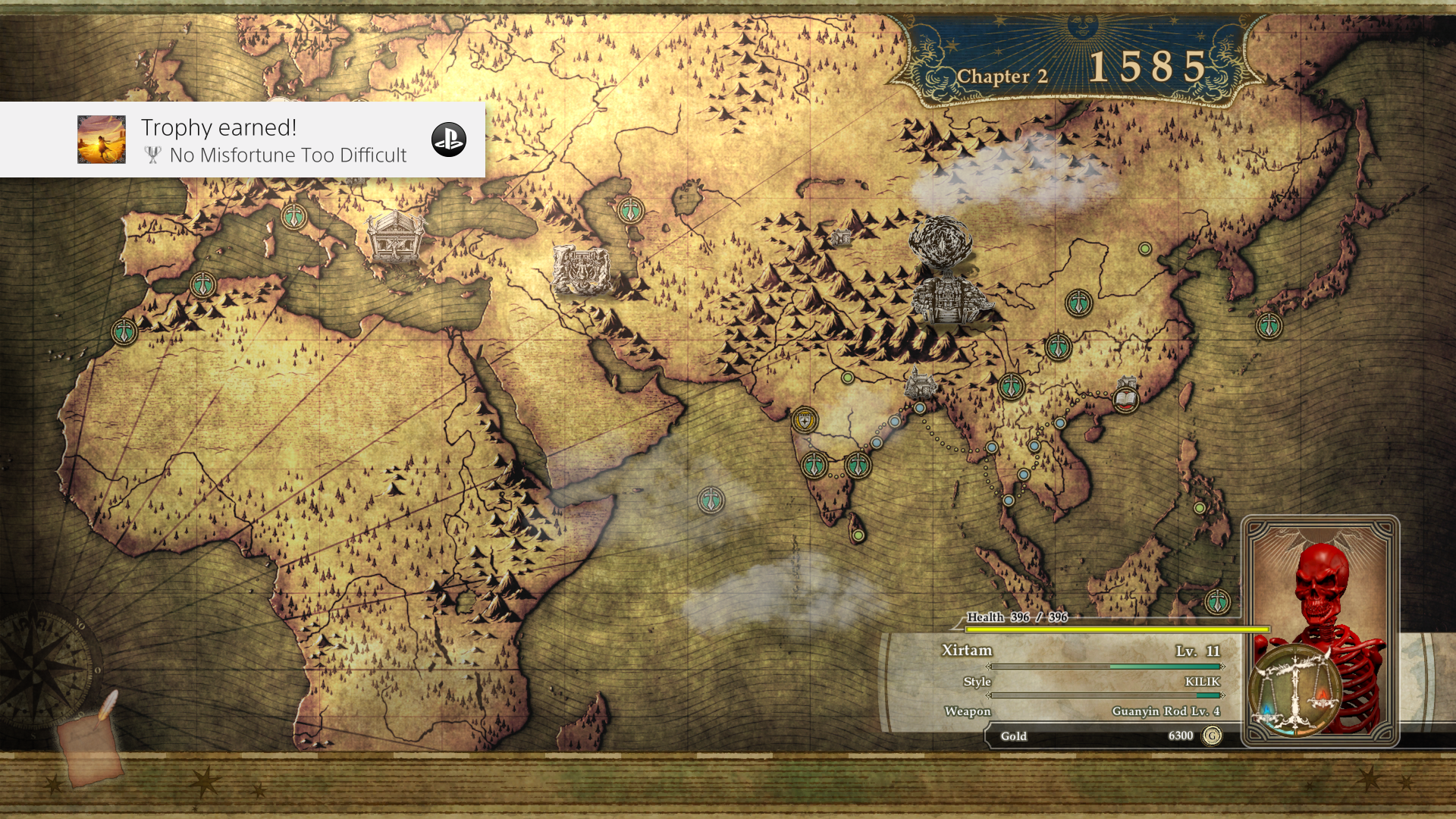
-
Soulcalibur VI Review #38
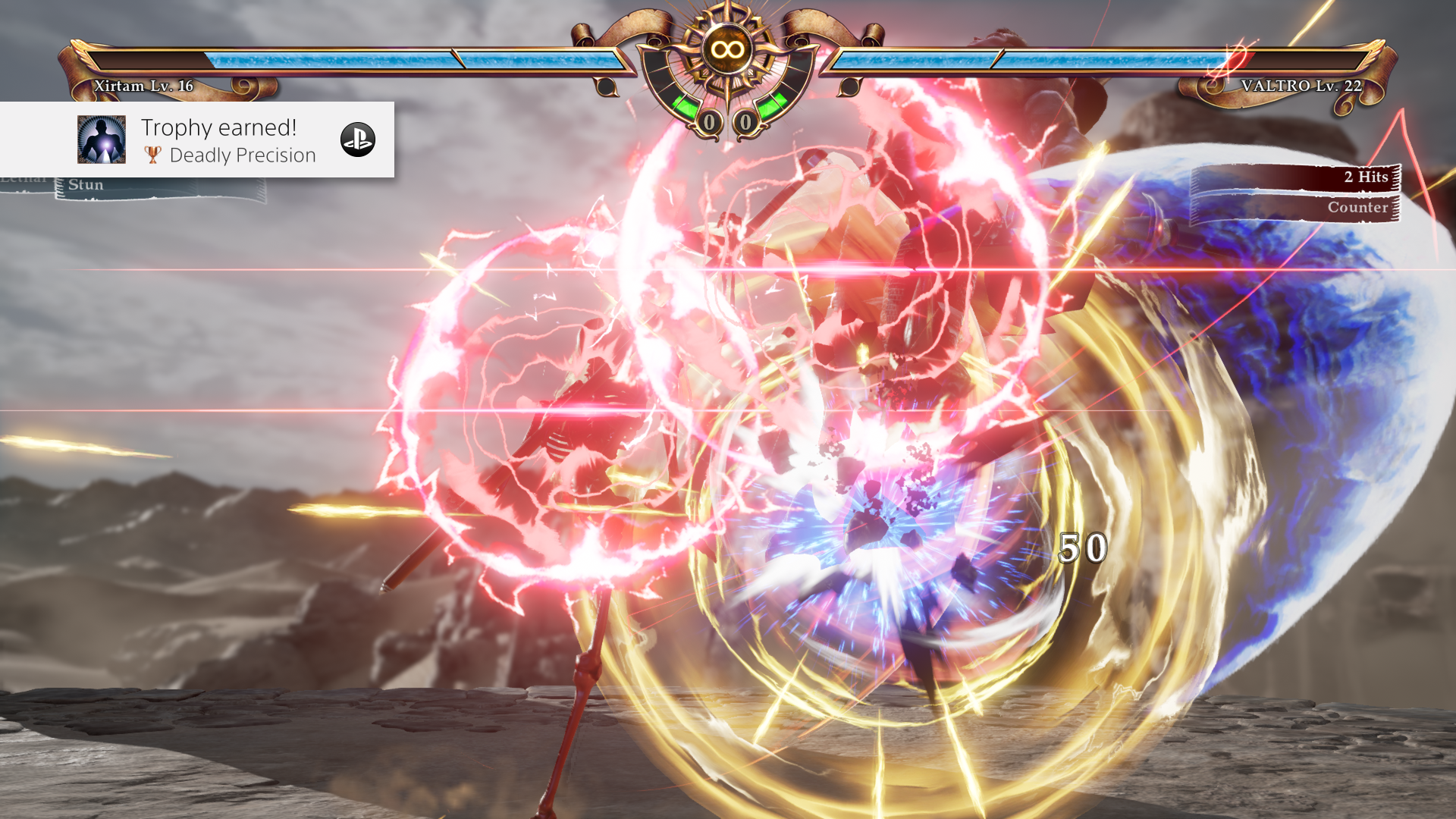
-
Soulcalibur VI Review #39
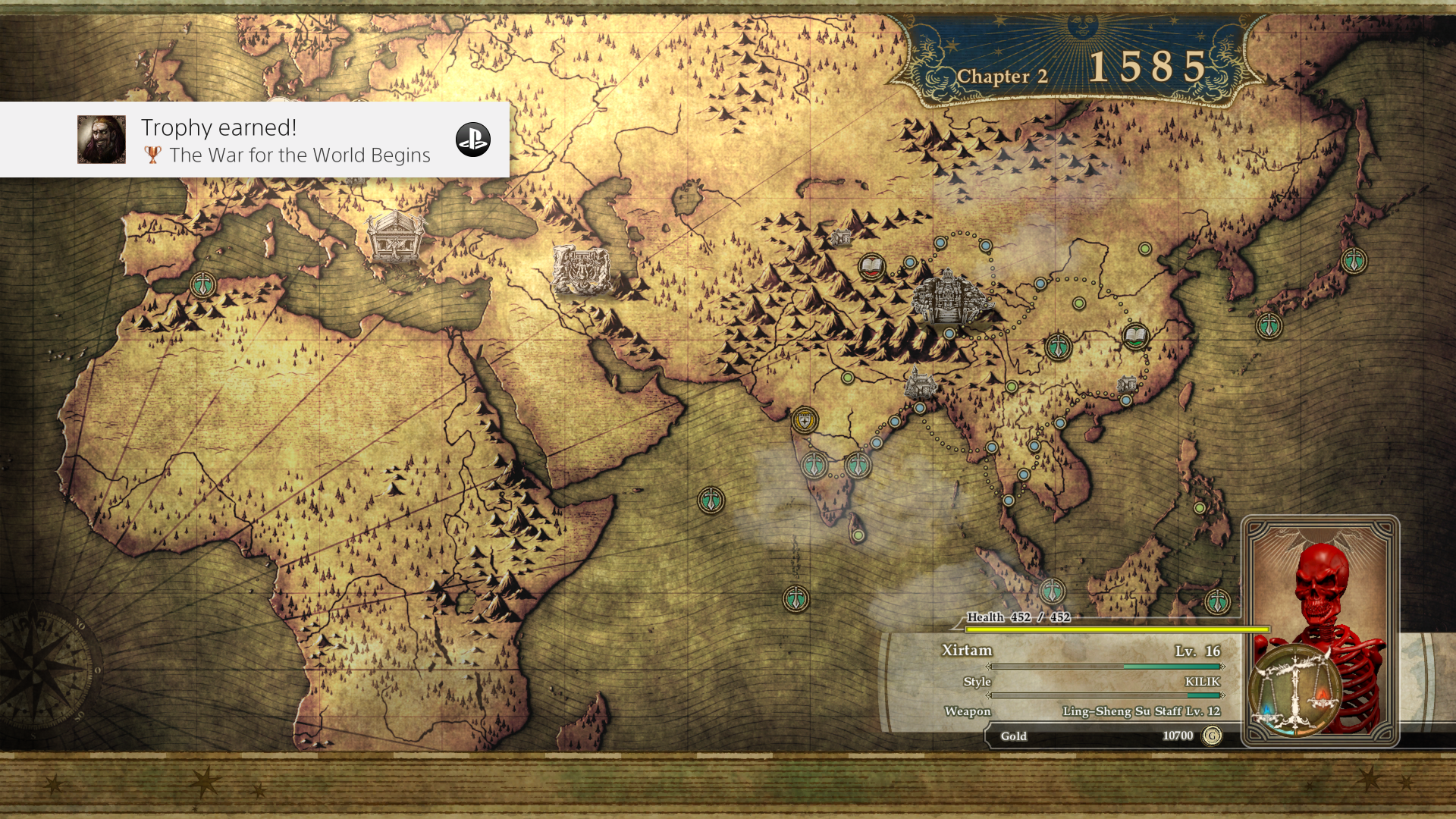
-
Soulcalibur VI Review #40
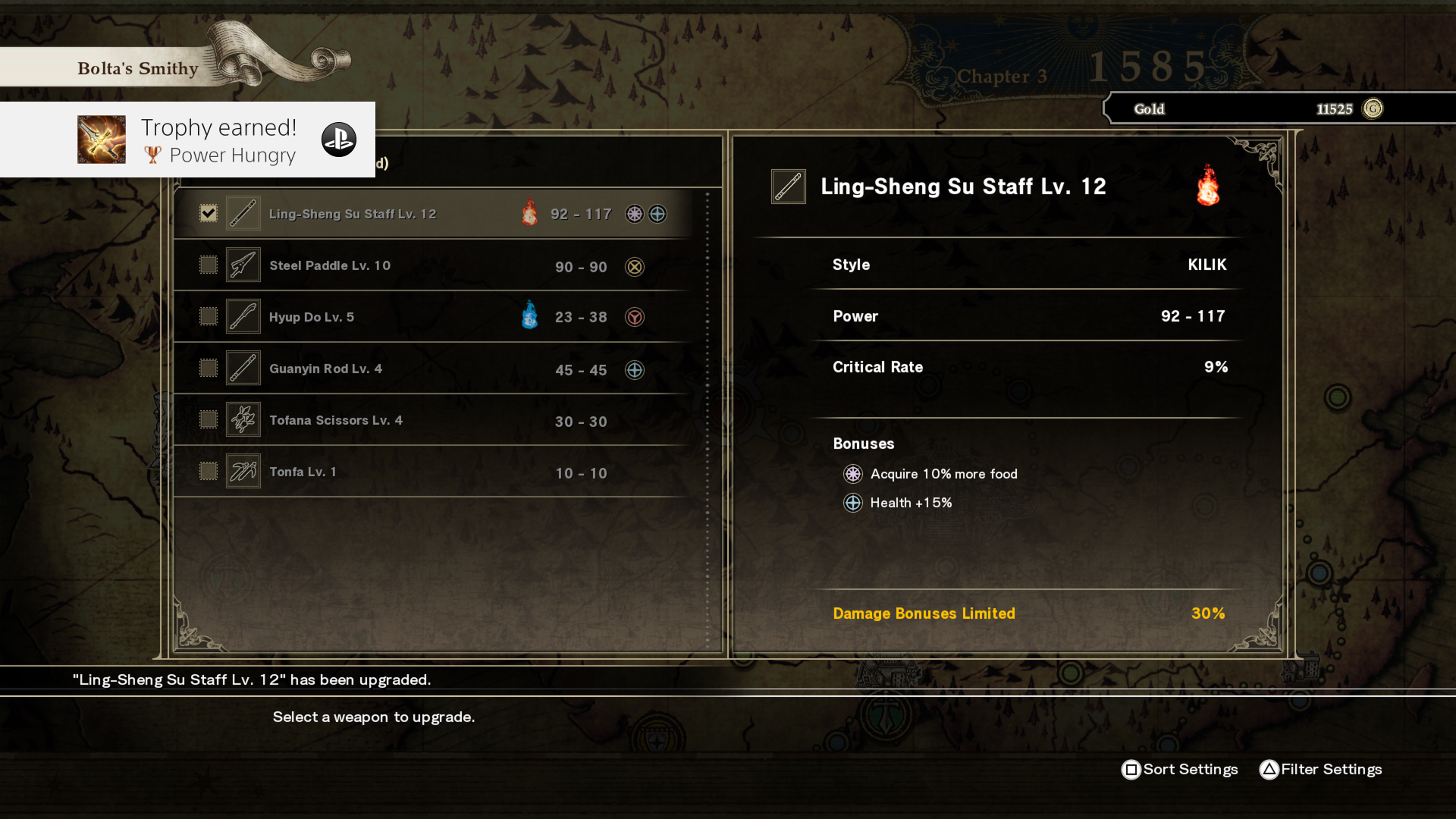
-
Soulcalibur VI Review #41
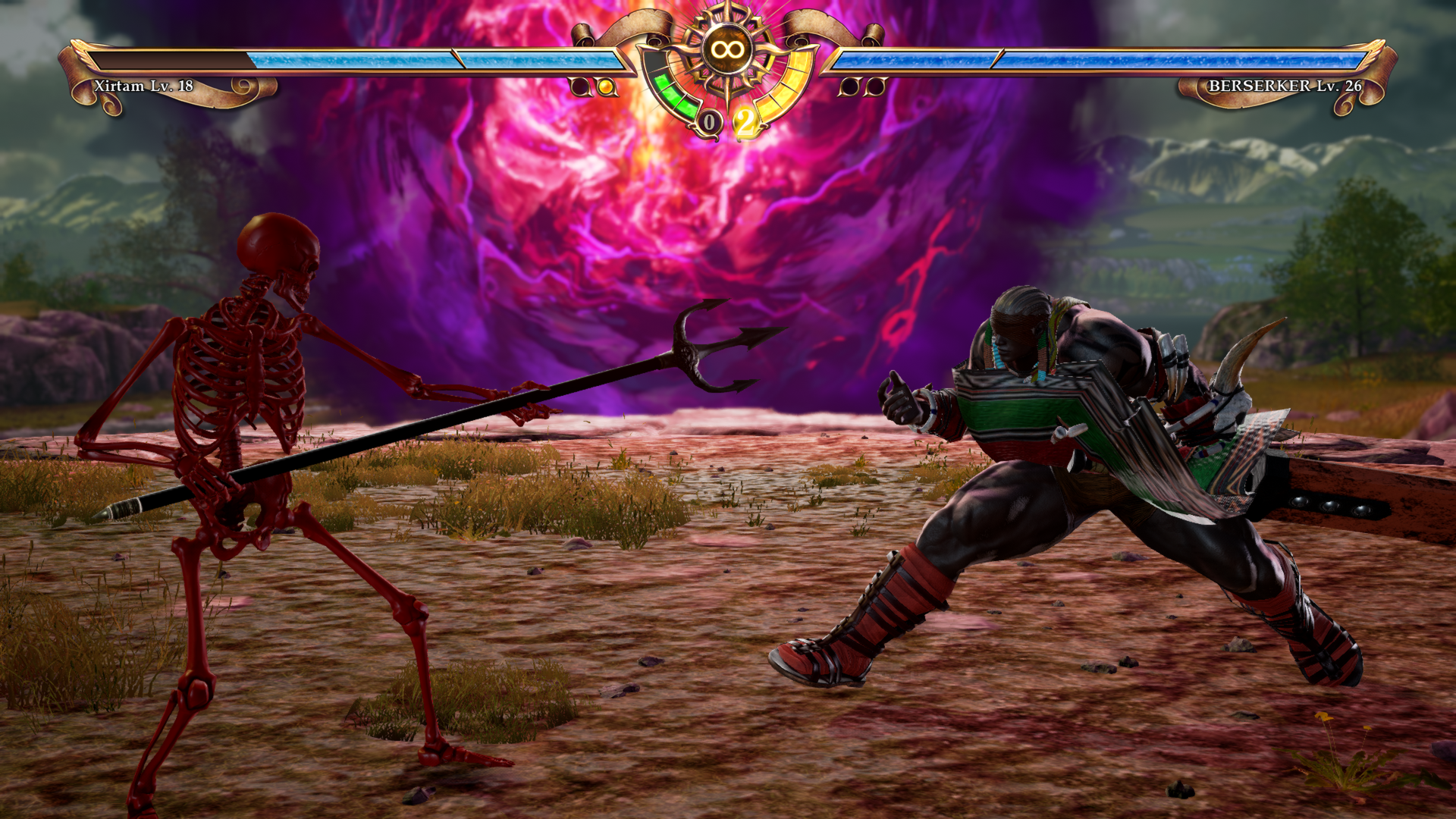
-
Soulcalibur VI Review #42

-
Soulcalibur VI Review #43
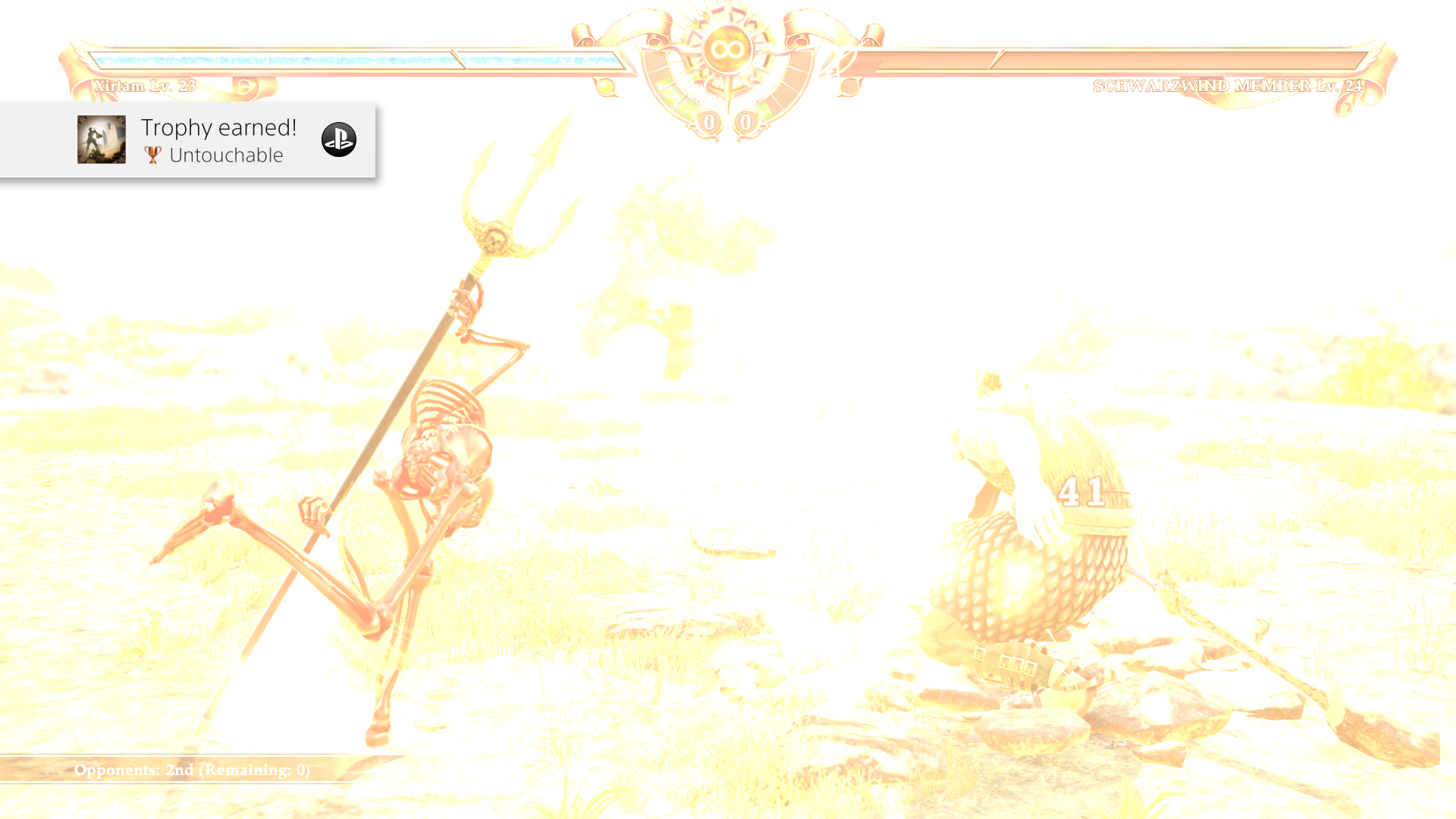
-
Soulcalibur VI Review #44

-
Soulcalibur VI Review #45
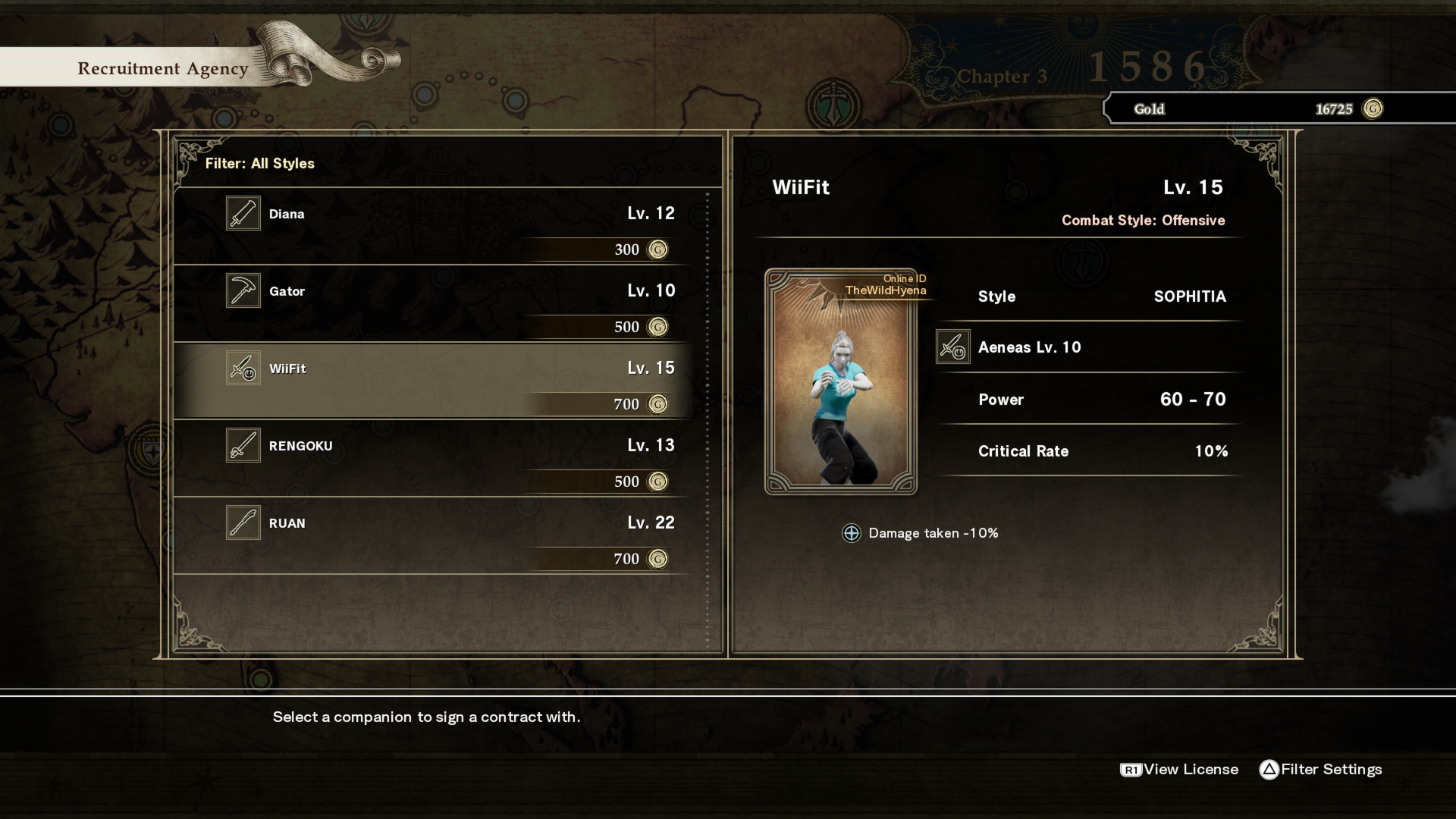
-
Soulcalibur VI Review #46
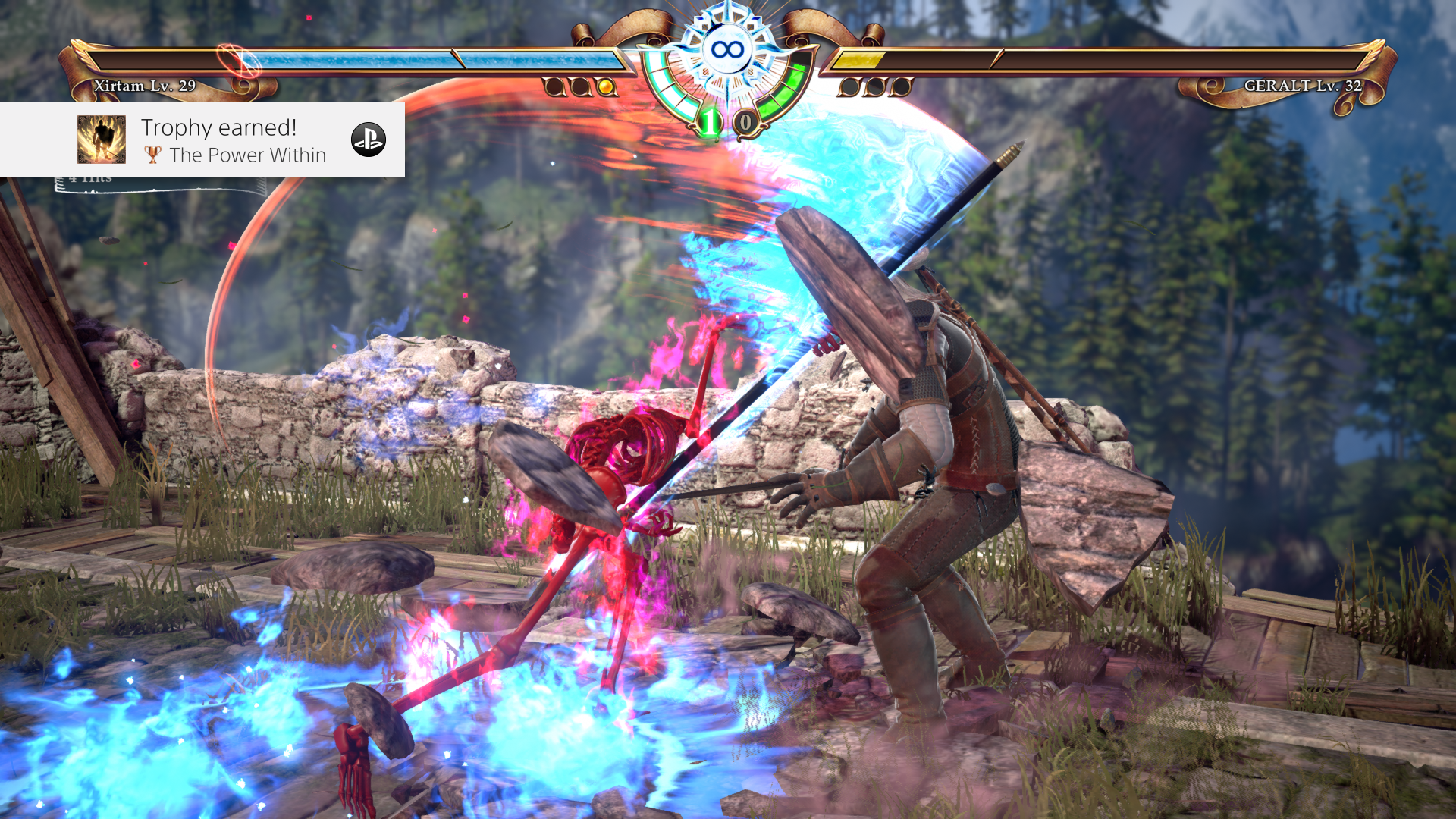
-
Soulcalibur VI Review #47

-
Soulcalibur VI Review #48
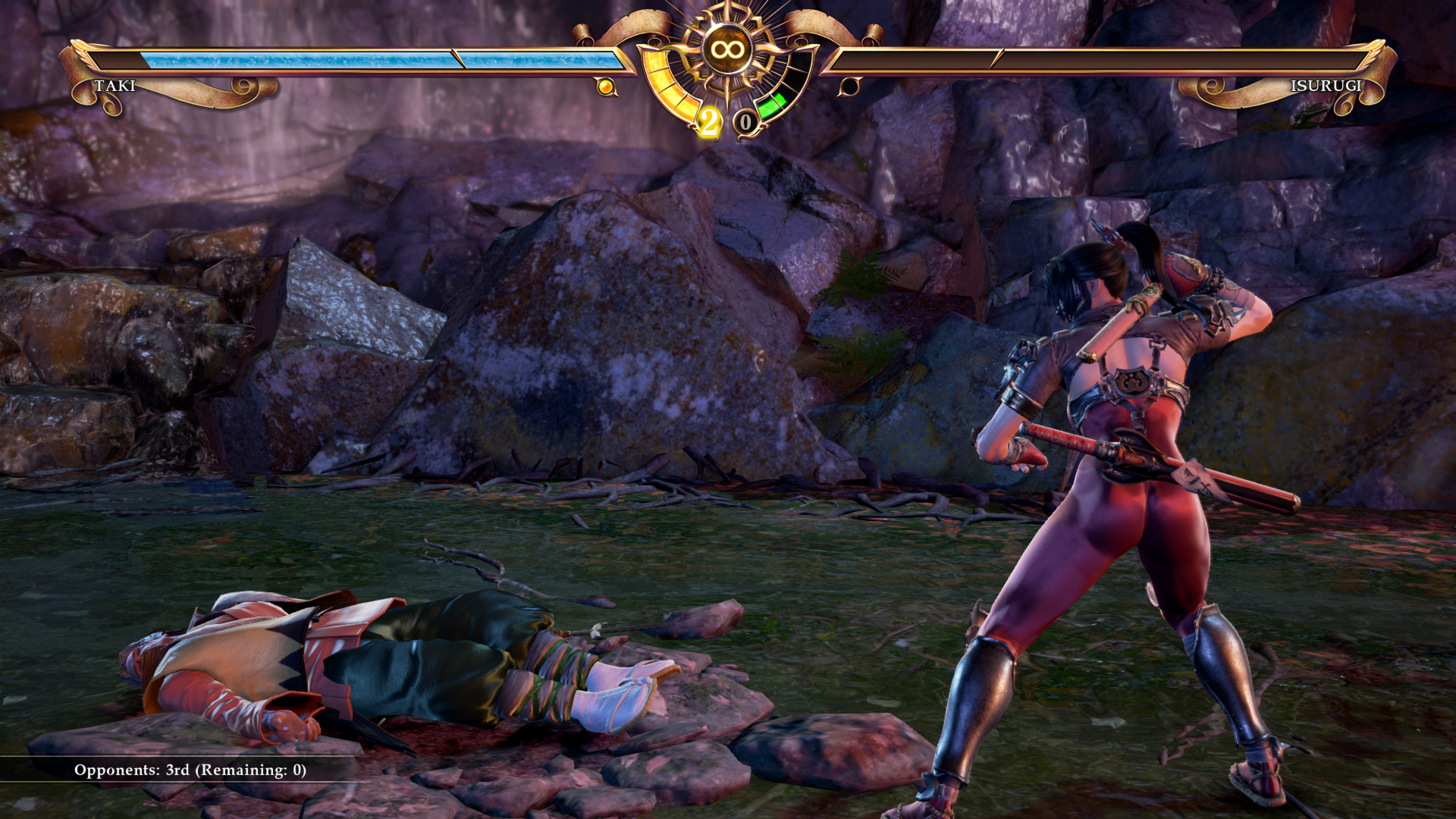
-
Soulcalibur VI Review #49
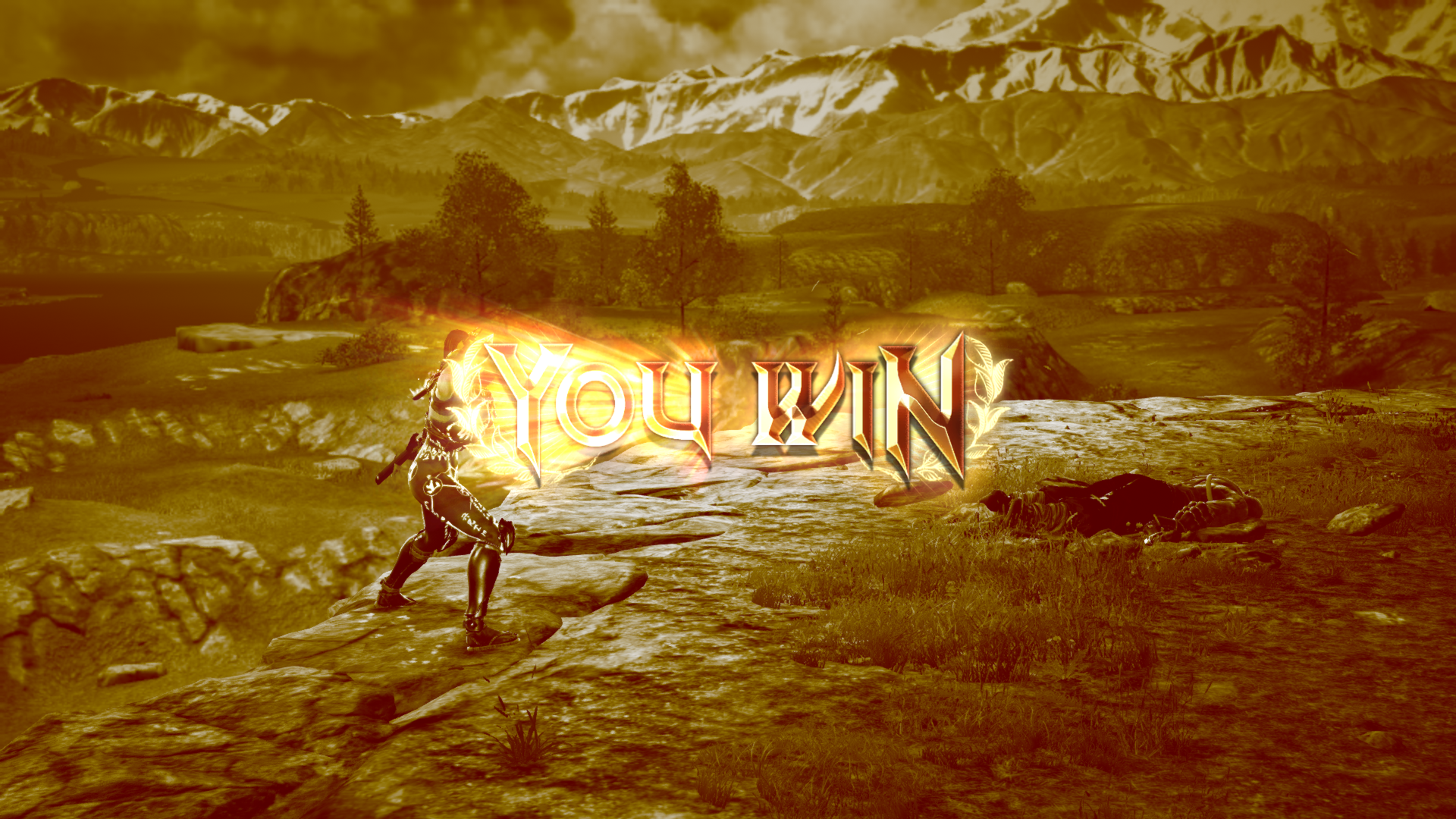
-
Soulcalibur VI Review #50
